There aren’t many vinyl lovers who don’t know of the Linn Sondek LP12 turntable. In this article, I recommission and restore a beautiful LP12 that hasn’t played vinyl for 20+ years.
The Linn Sondek LP12 is a famous belt-drive deck from enigmatic Scottish manufacturer, Linn. The LP12 is so famous it even has its own Wikipedia page. Incredibly, it remains in production, over 45 years since its 1972 debut. That’s an extraordinarily long run for anything, let alone a hi-fi turntable.
Much has been written about the LP12, both positive and negative. Wherever you stand, I’m not out to change your mind. Crazies inhabit every camp and for folks who’ve gone down the Linn rabbit hole, there isn’t much that will entice them back out.
On the other hand, some who’ve seen and heard the LP12 will never care to go down that rabbit hole. There are certainly much better machines out there and any of us who work closely with turntables know this.
Ultimately the LP12 is a polarising machine, but a lovely one, too. You can buy one locally if you’d like, from my good friend Pierre @ Revolution Turntable, starting from around $4,500 AUD.
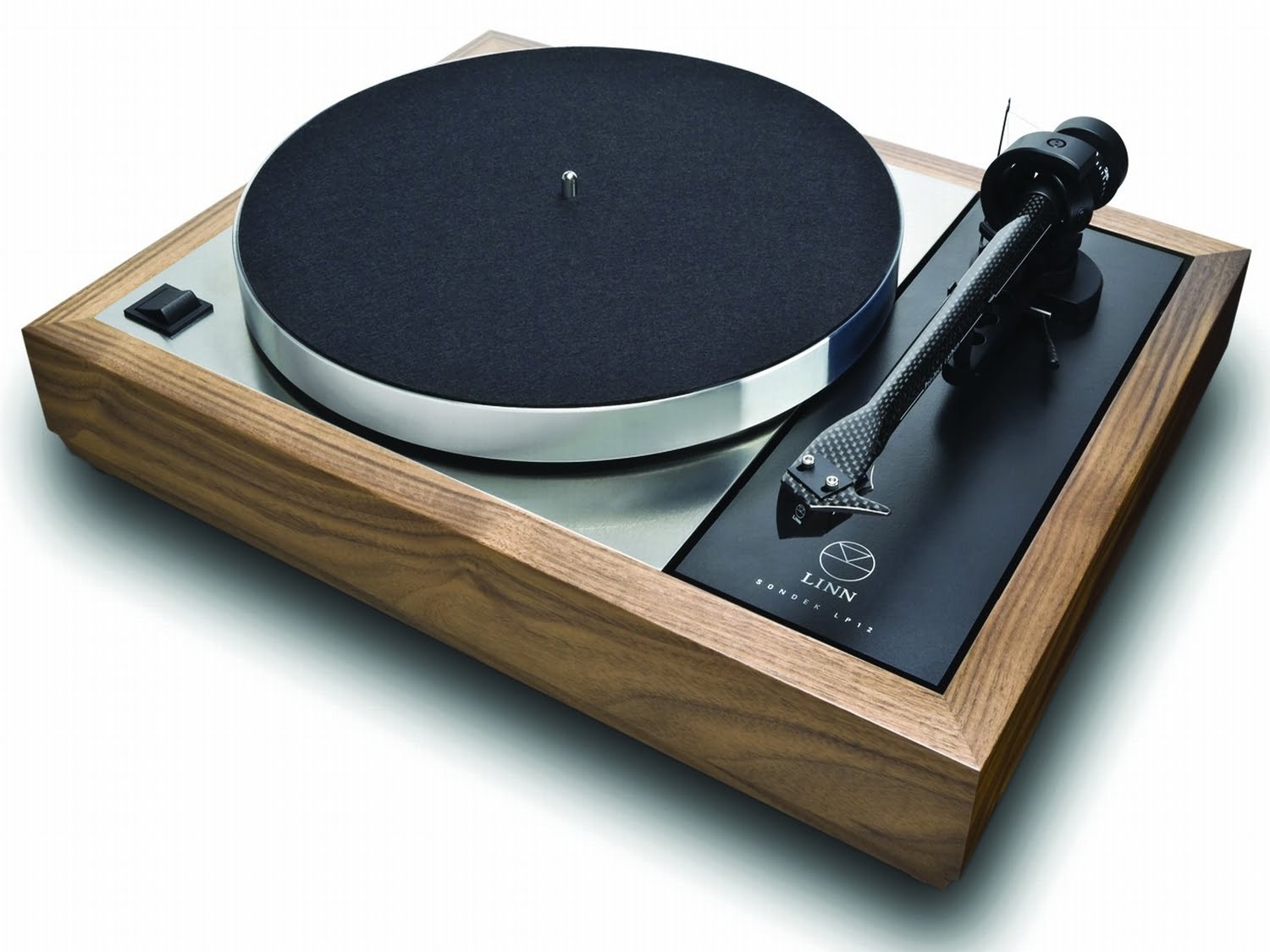
In reality, and as I tell ALL my vinyl and turntable customers, a good belt-drive, idler-drive or direct-drive turntable is a good turntable, period. There are great decks in each category, with strengths and weaknesses based not only on the mode of platter drive. It’s very important to understand this and so it is with the Linn Sondek LP12.
Here, we have a somewhat crudely built deck, especially older units, that can sound very good, when properly set up, with a good arm and well-matched cartridge. The pitch and speed issues inherent in belt-drive designs are reduced somewhat in the LP12 by the use of a good bearing and heavy platter. Isolation is good and noise levels are generally low.
Is the LP12 the ultimate, at anything? No, there are better sounding decks out there. BUT a well-fettled LP12 sounds fantastic and makes a great vinyl replay system. There’s a strong upgrade path that yields incremental improvements, and so we find ourselves back where we started, with the legend of the LP12…
Recommissioning the Beast
People ask me what’s involved in recommissioning a deck like this LP12. In this case, the deck hadn’t run for 20+ years. It needed a from-the-ground-up inspection, parts audit, disassembly, cleaning, reassembly, new belt, cartridge, full setup and test.
The deck could also benefit from a new SME arm board and suspension springs, but she will come back to me for these things. My brief was initially to get her back into service so her owner could listen to her again, without spending a fortune.
Anyway, enough gasbagging. If you want to watch my video about the LP12, please do so, below.
Inspection & Disassembly
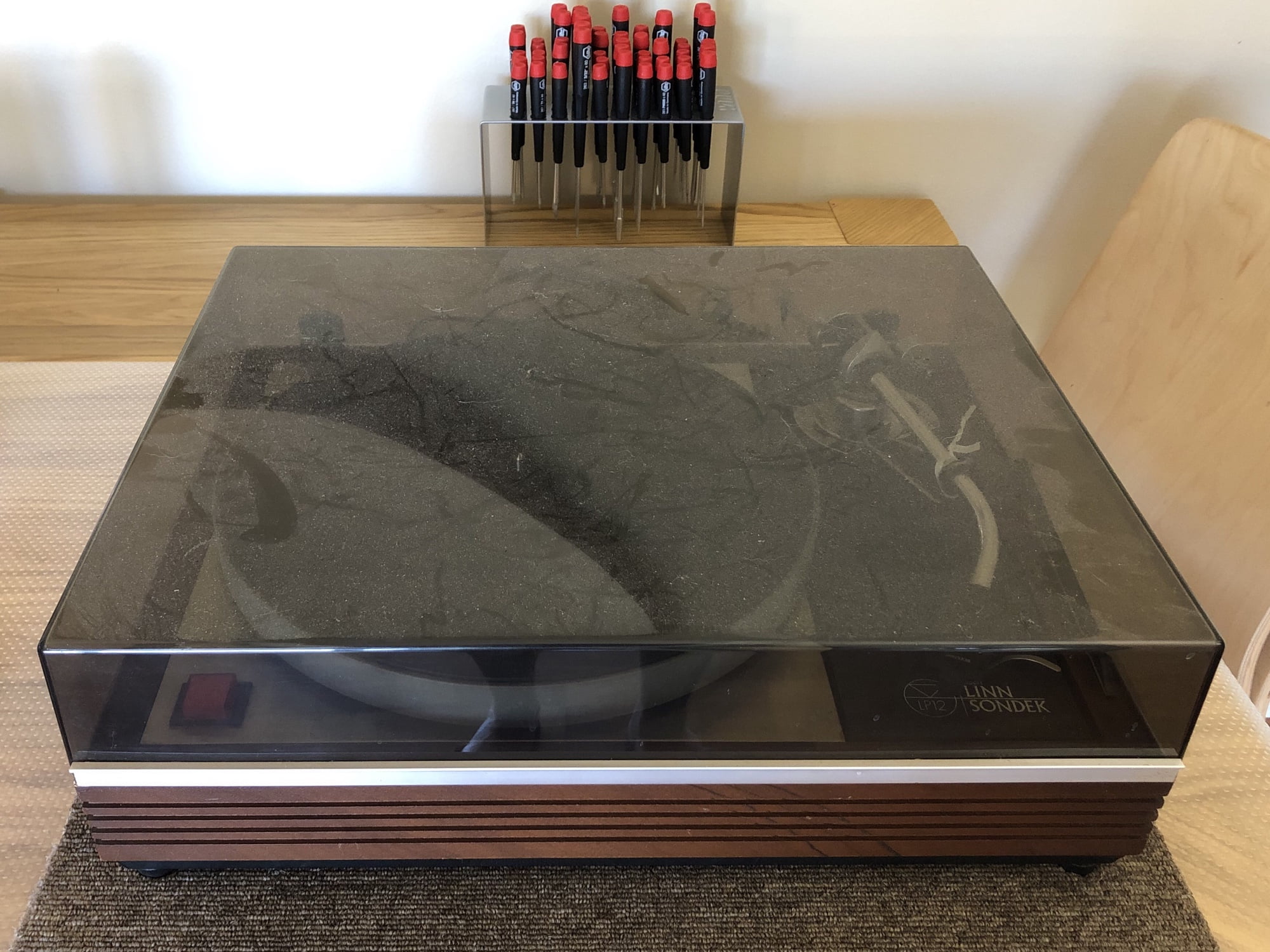
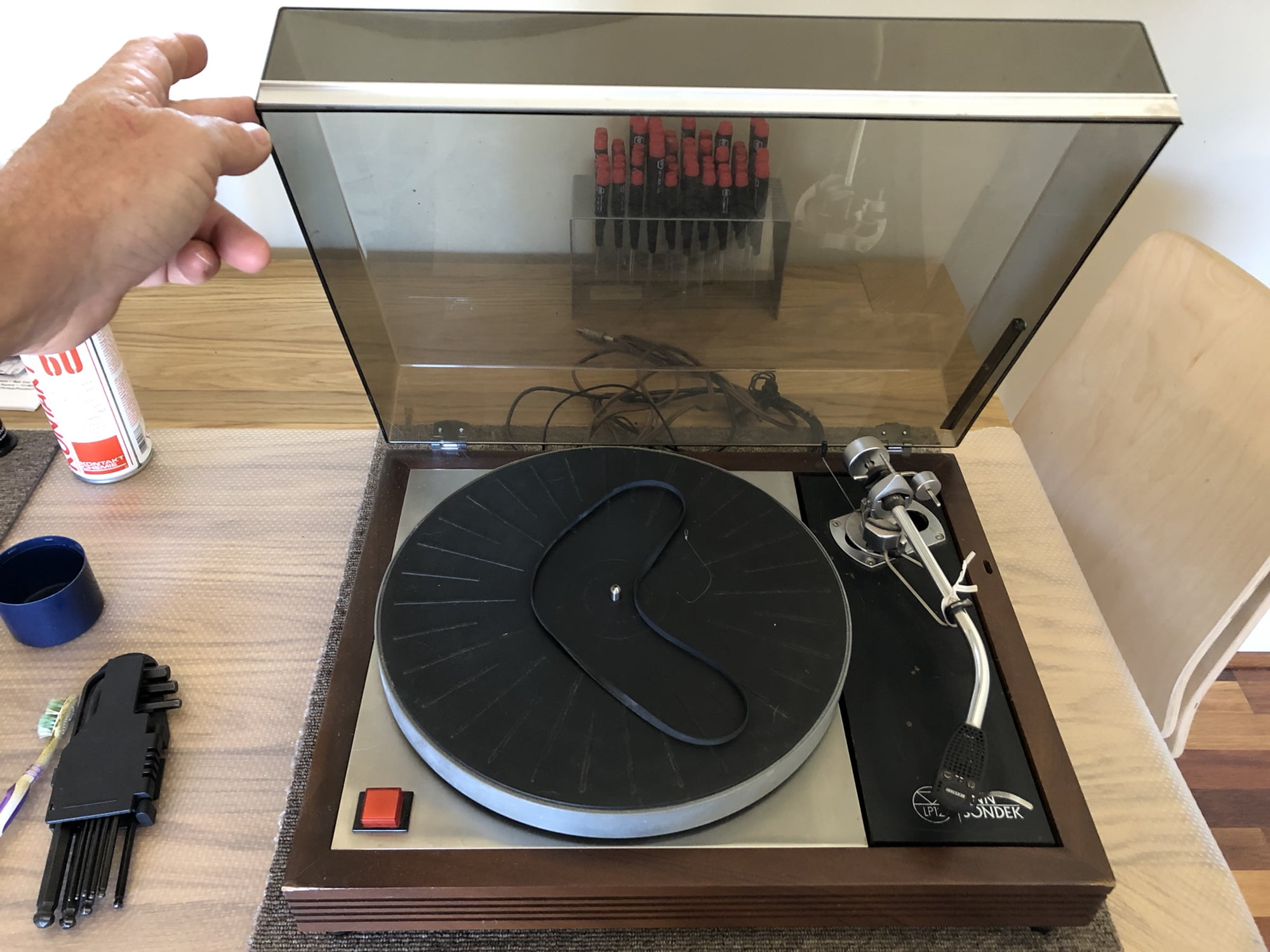
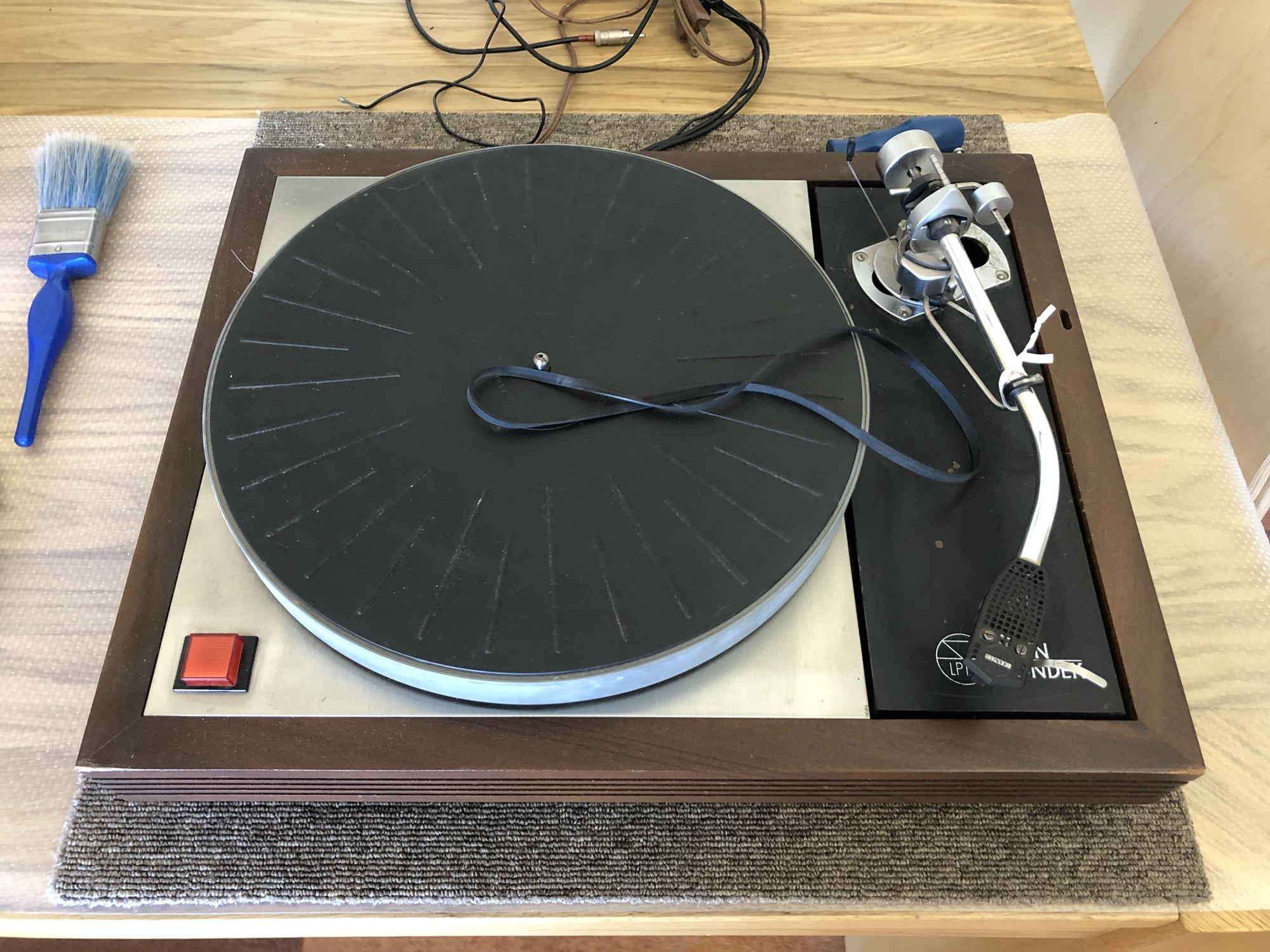
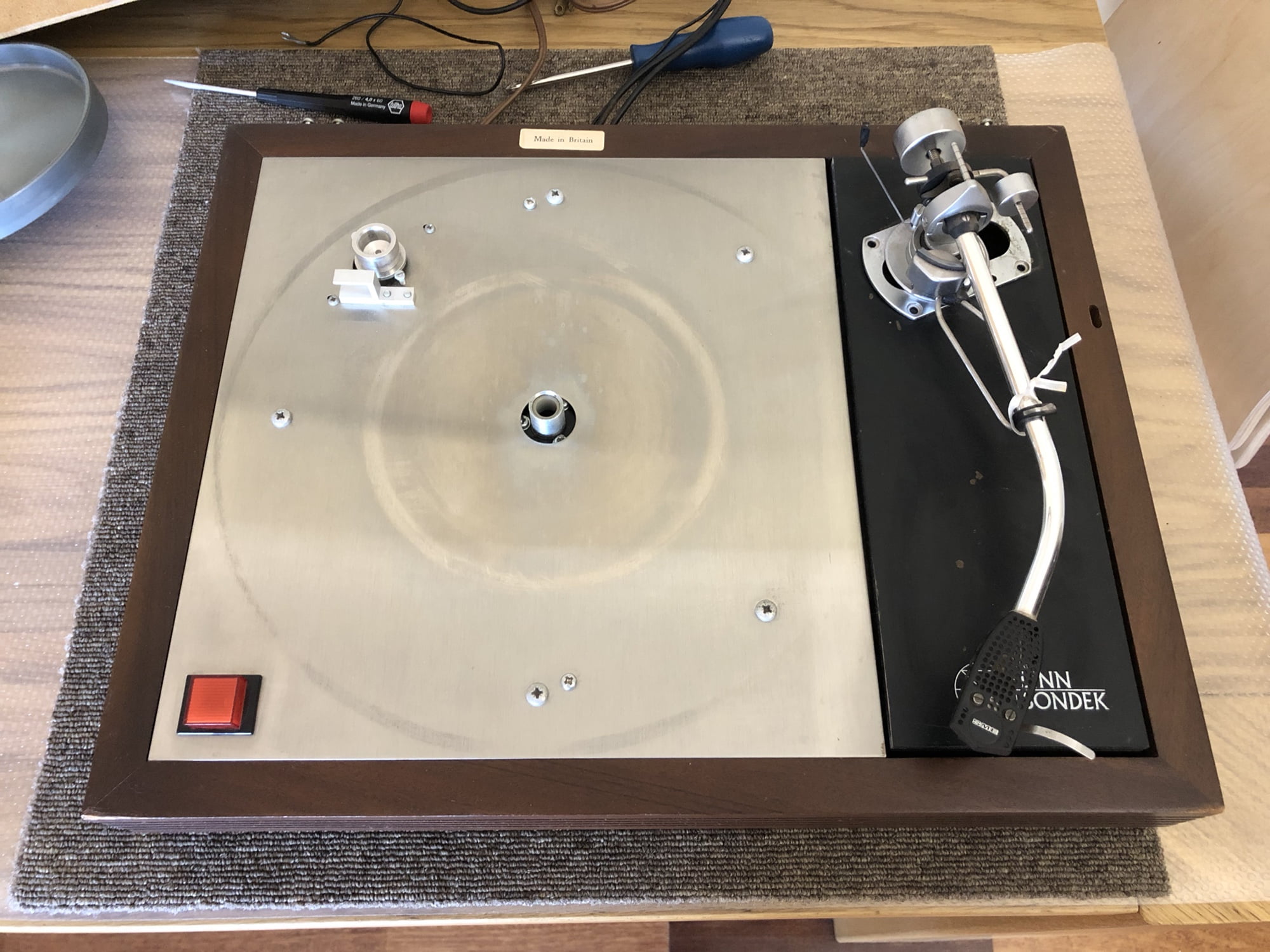
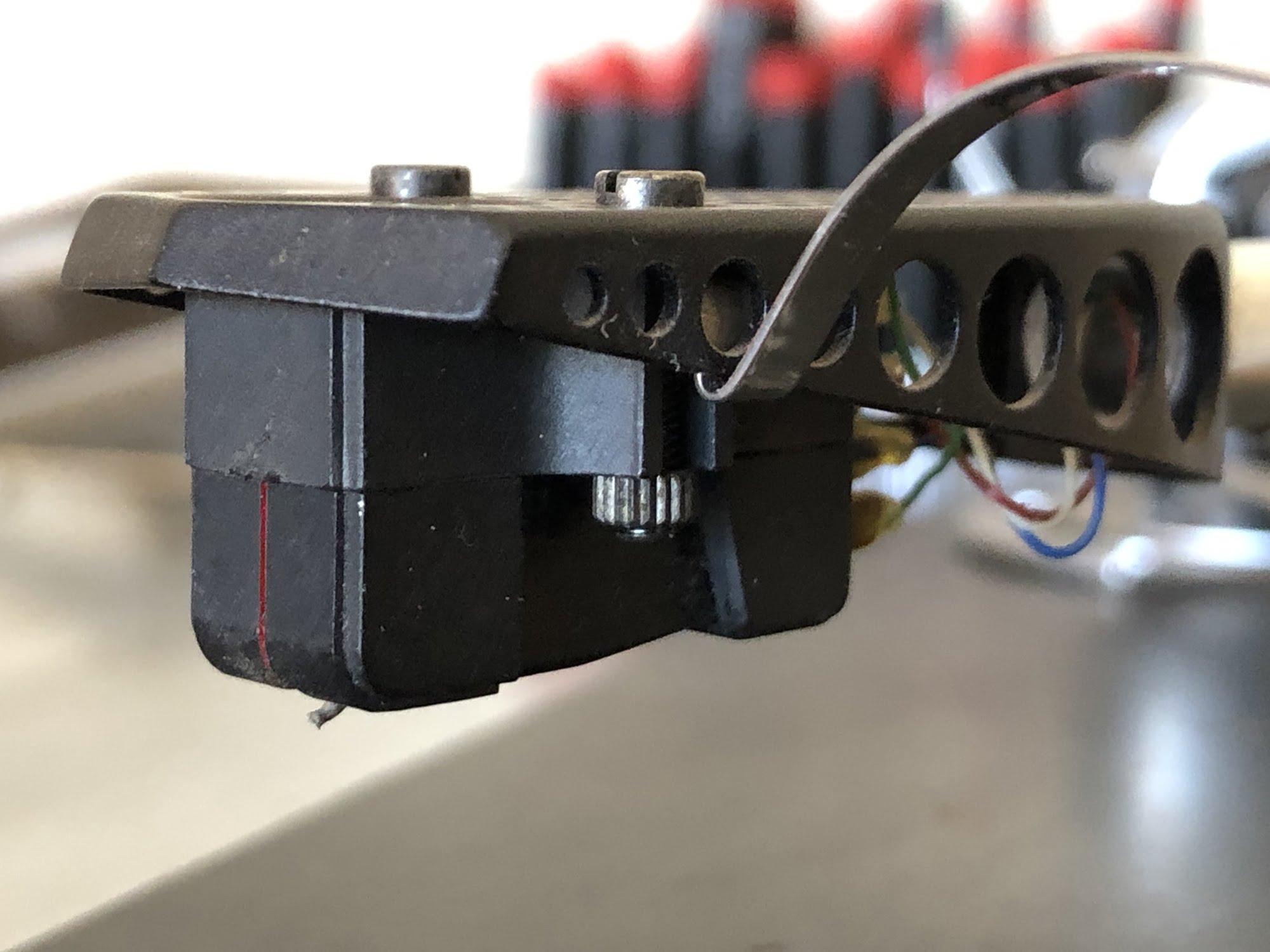
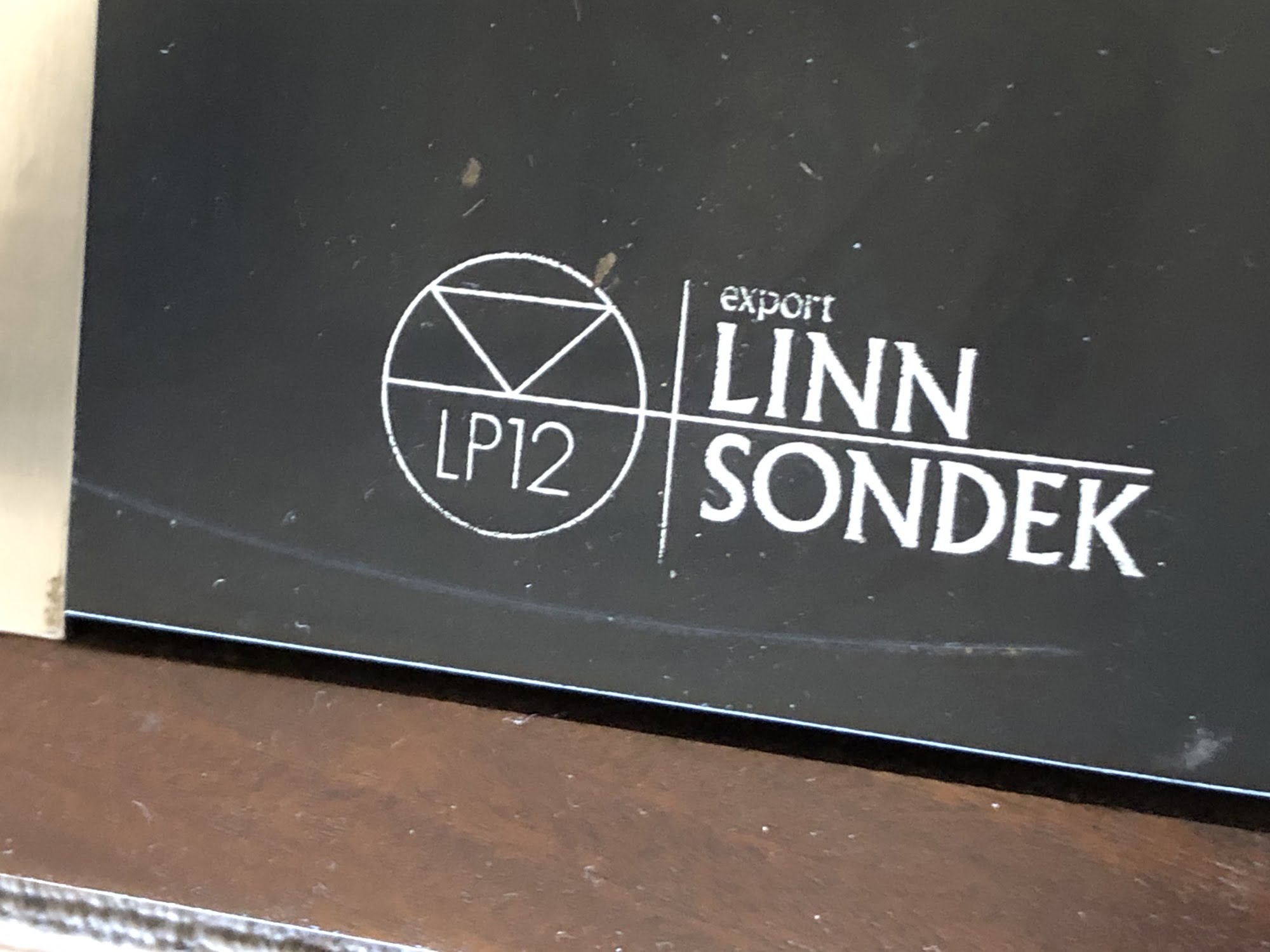
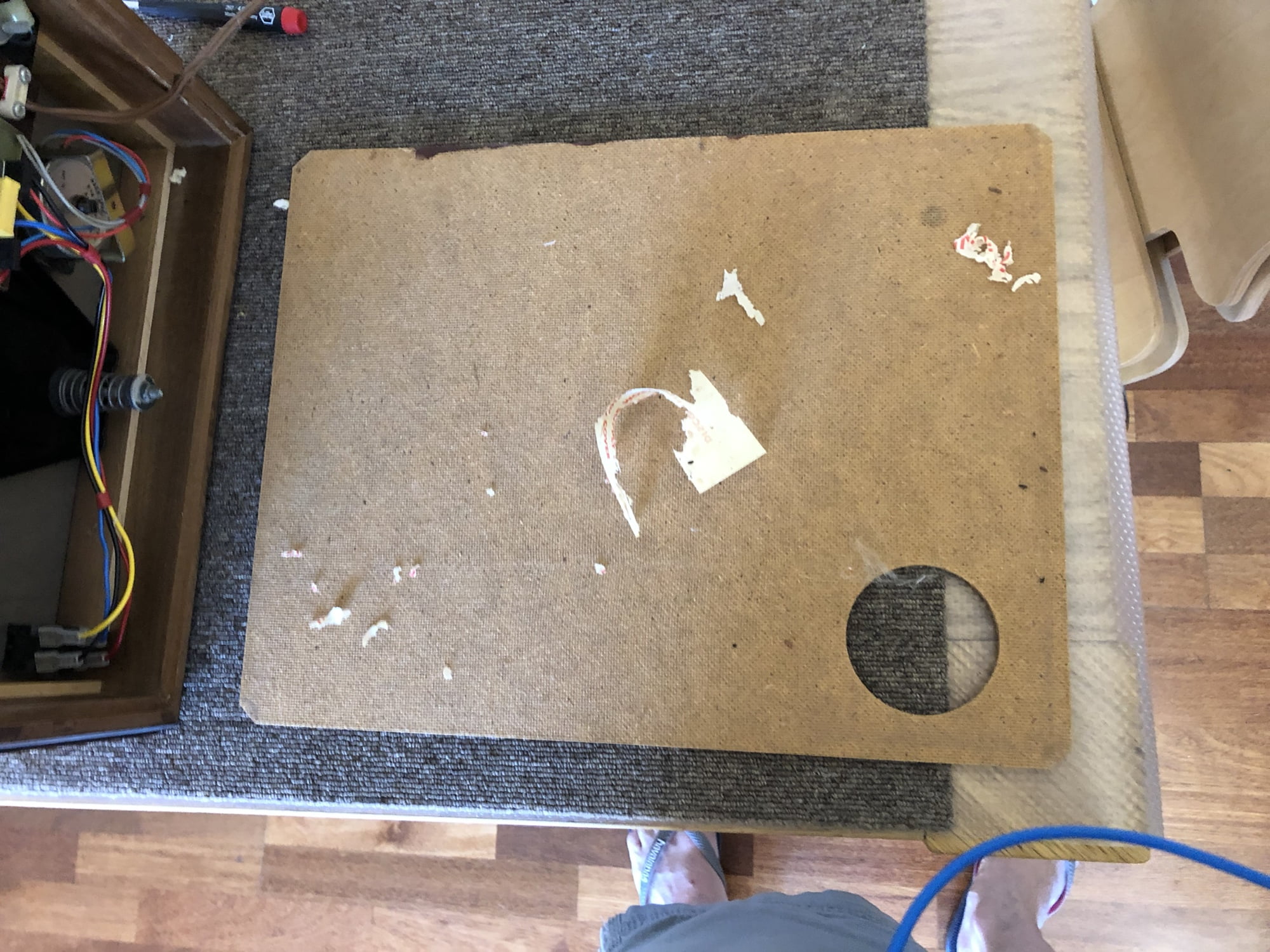
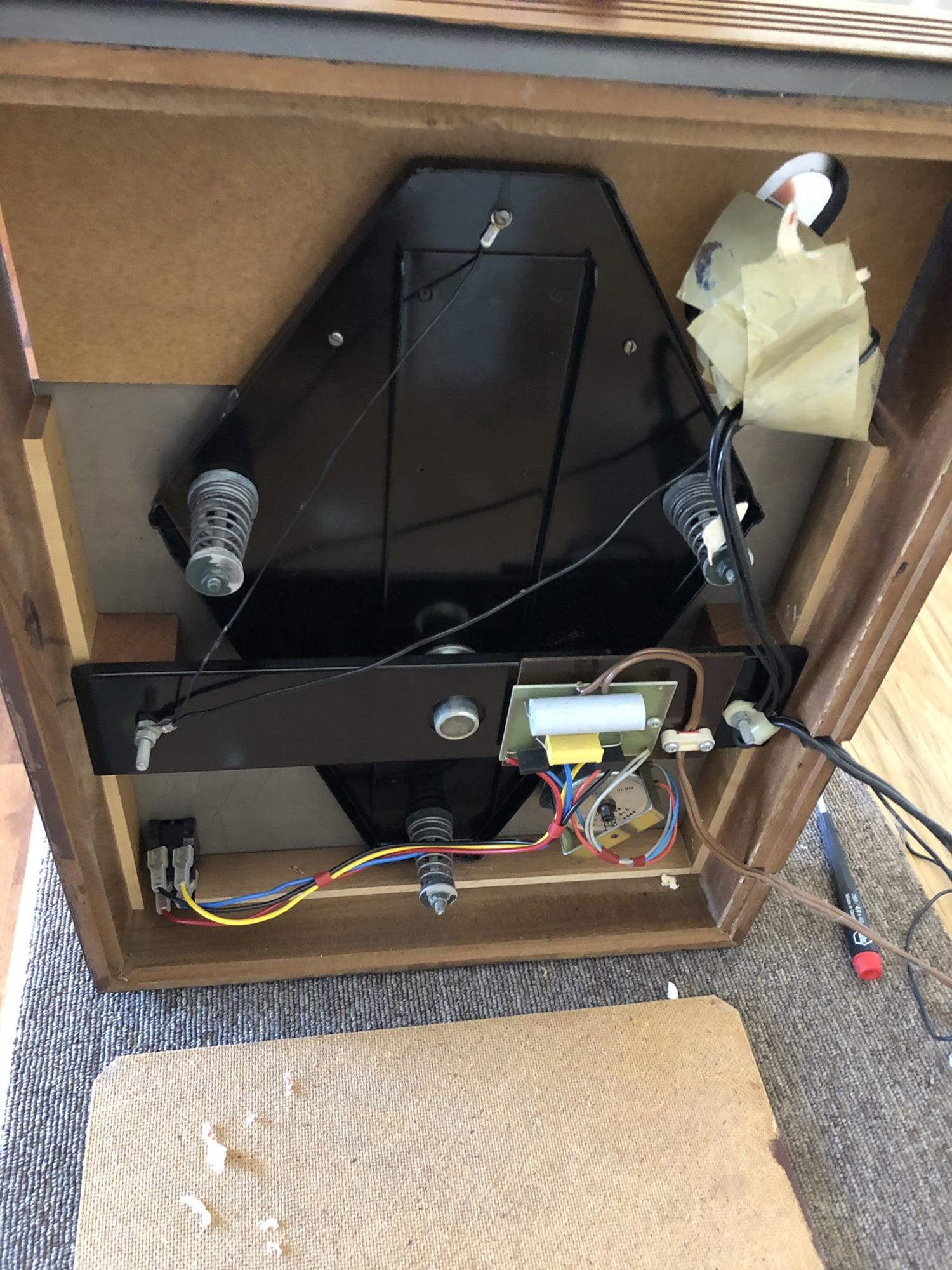
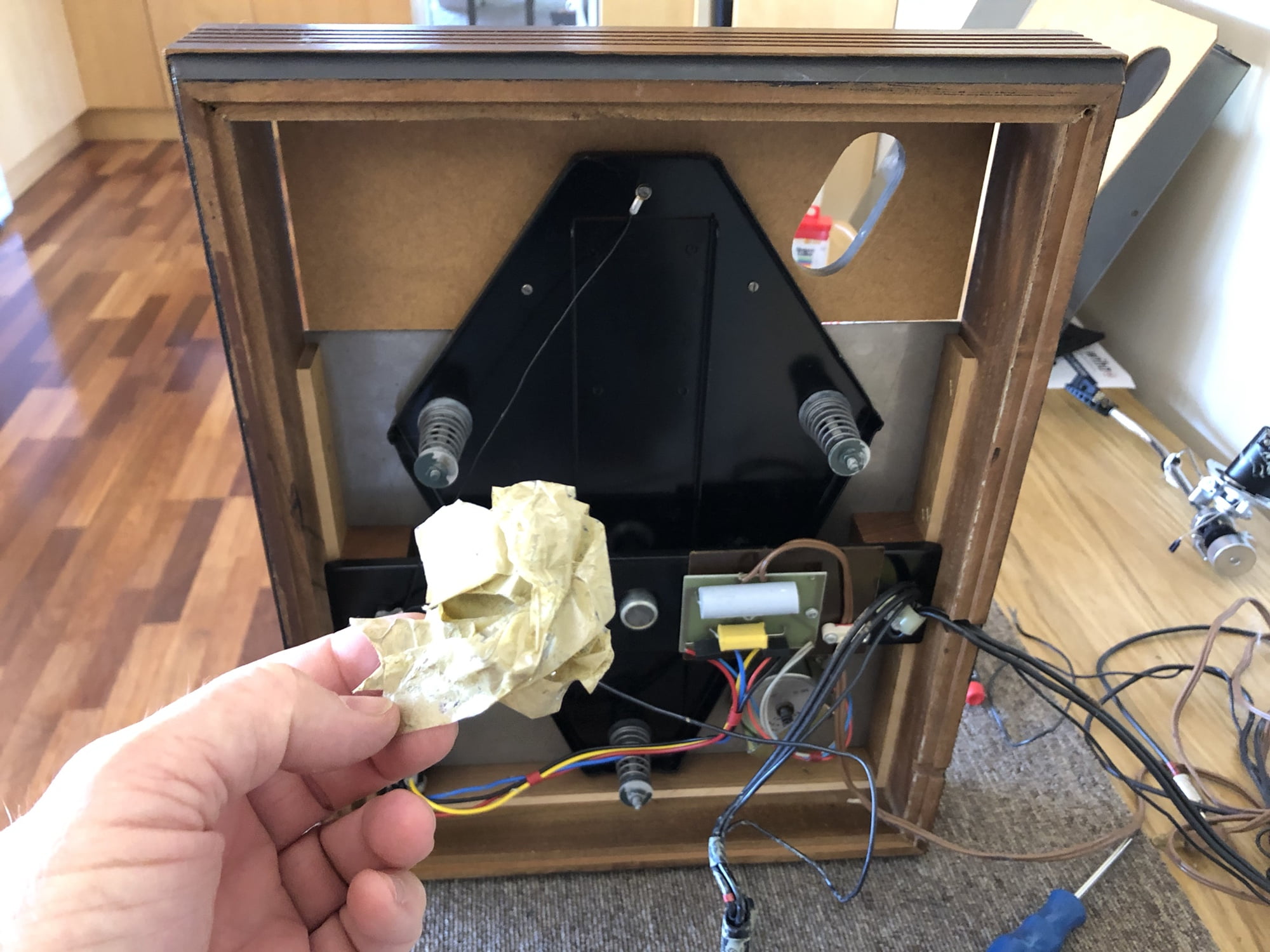
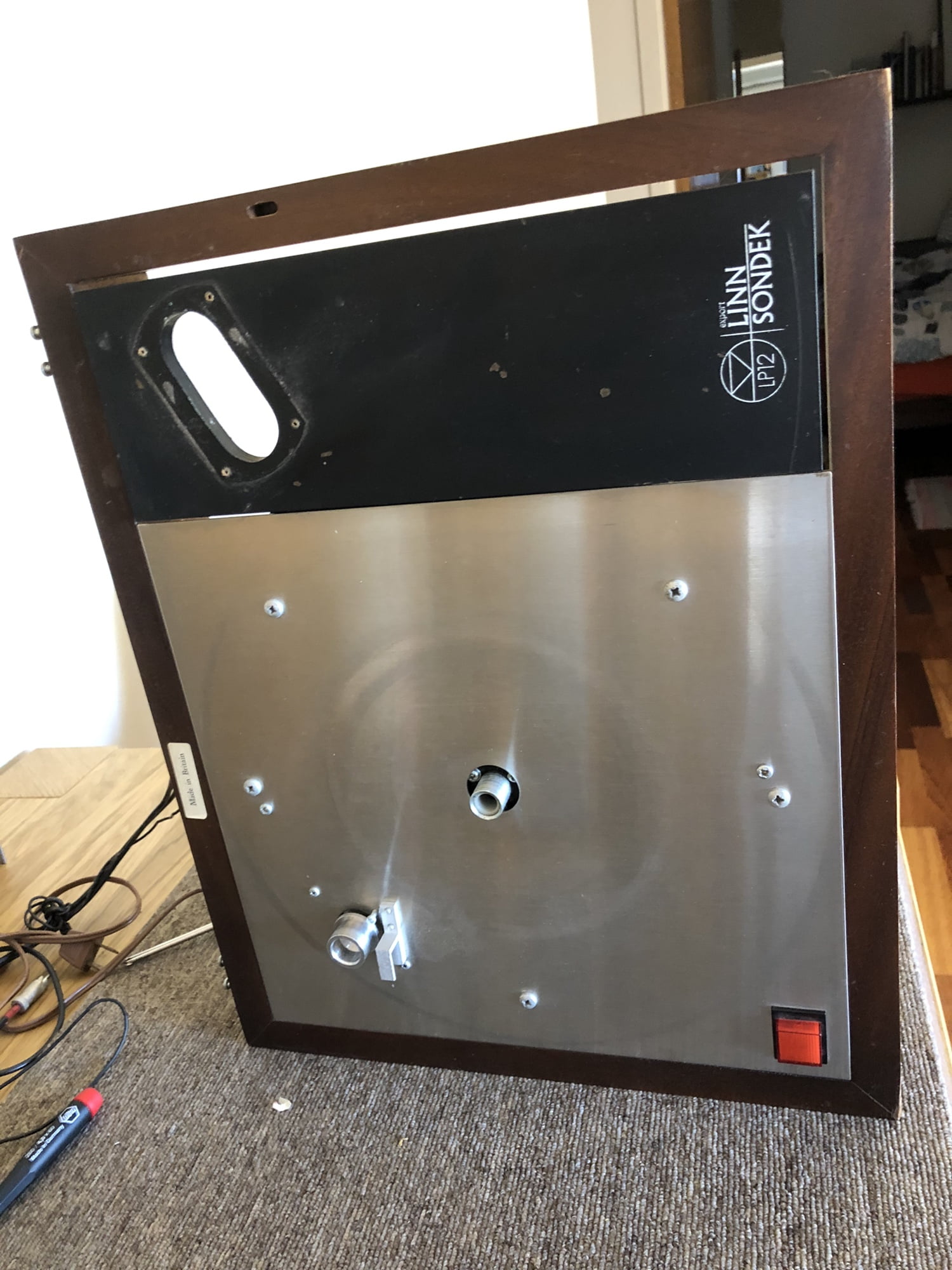
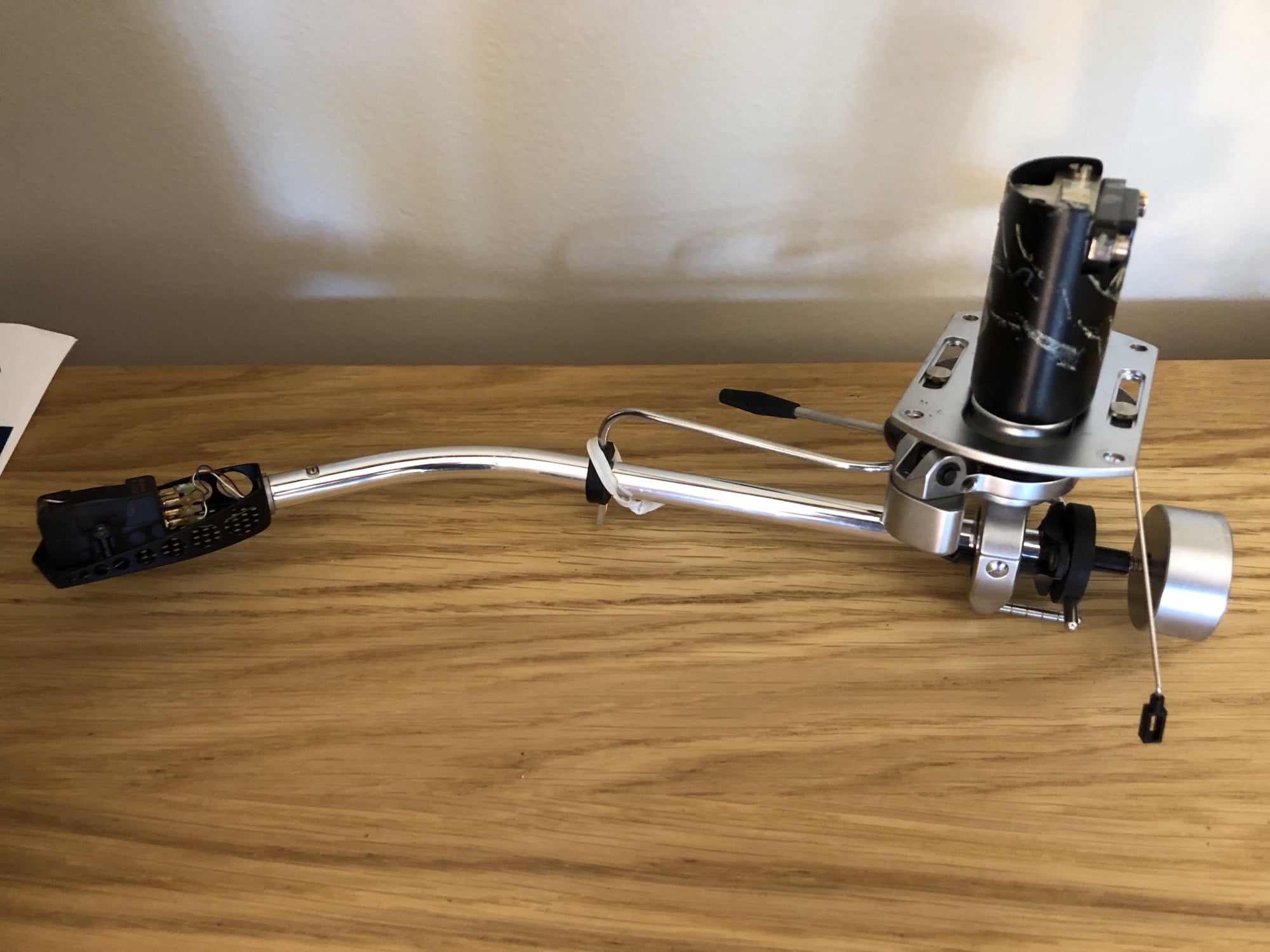
Cleaning & Servicing
This next stage involves removing layers of crud, some cosmetic improvements, cleaning and lubrication and so on.
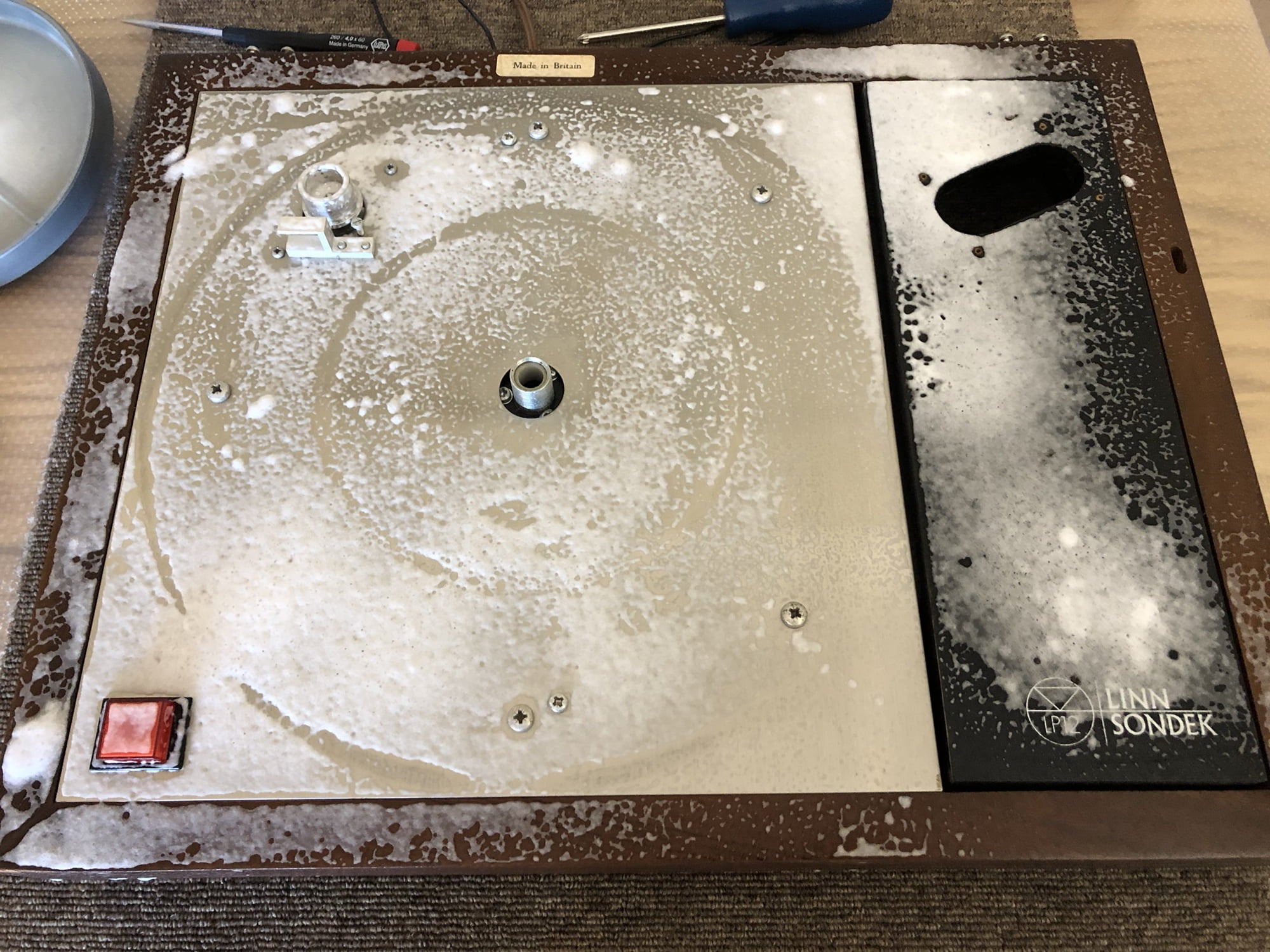
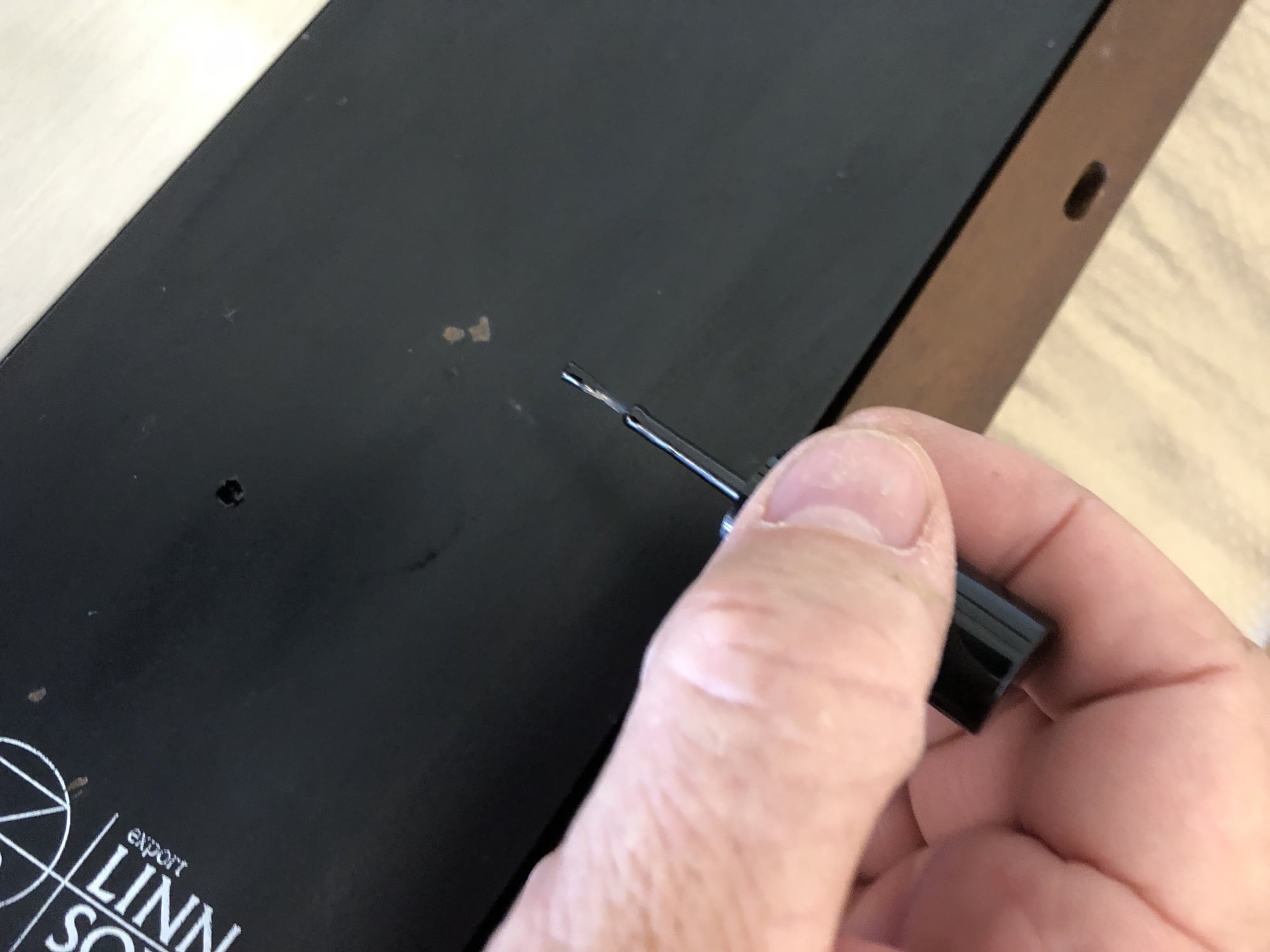
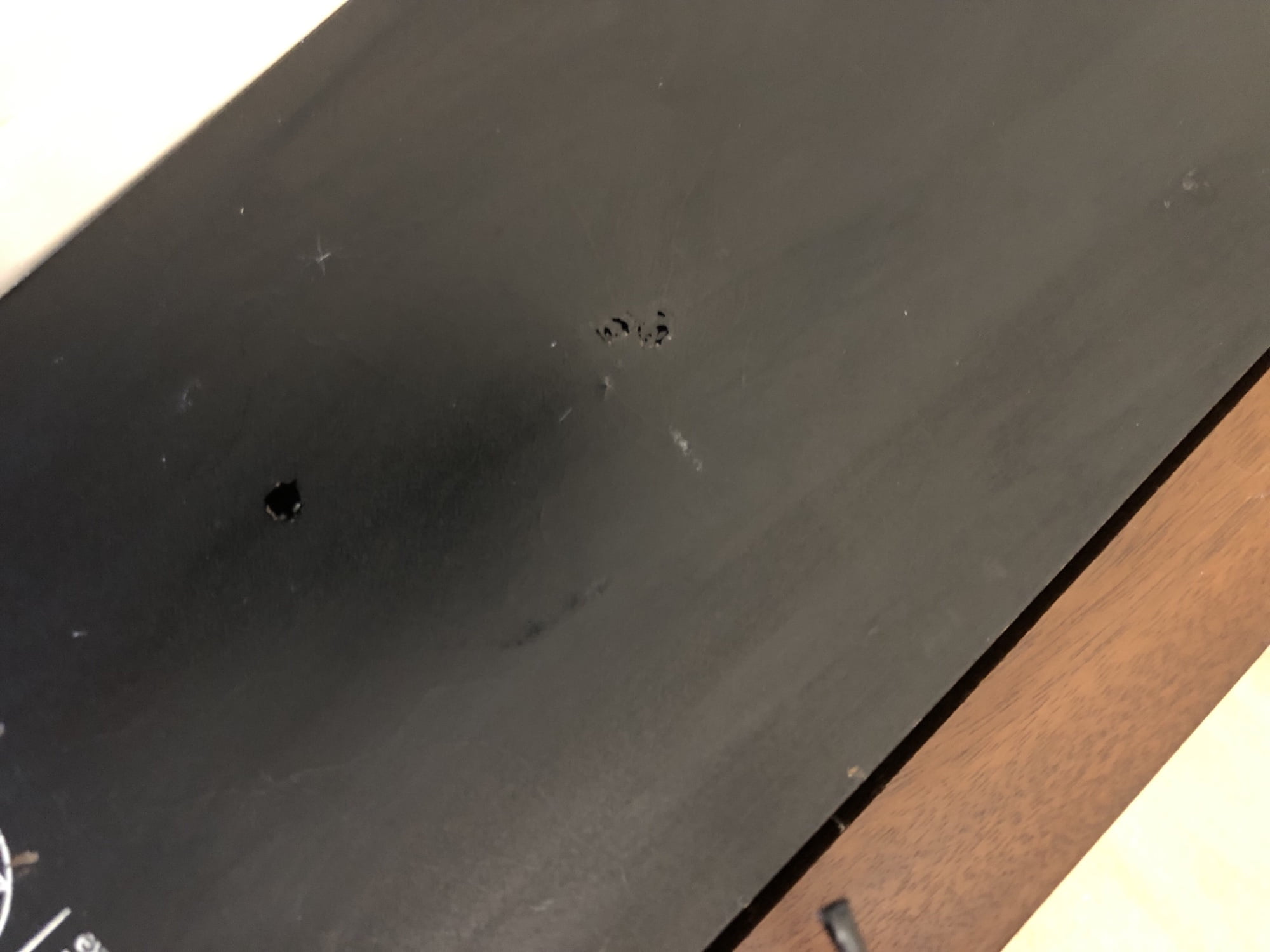
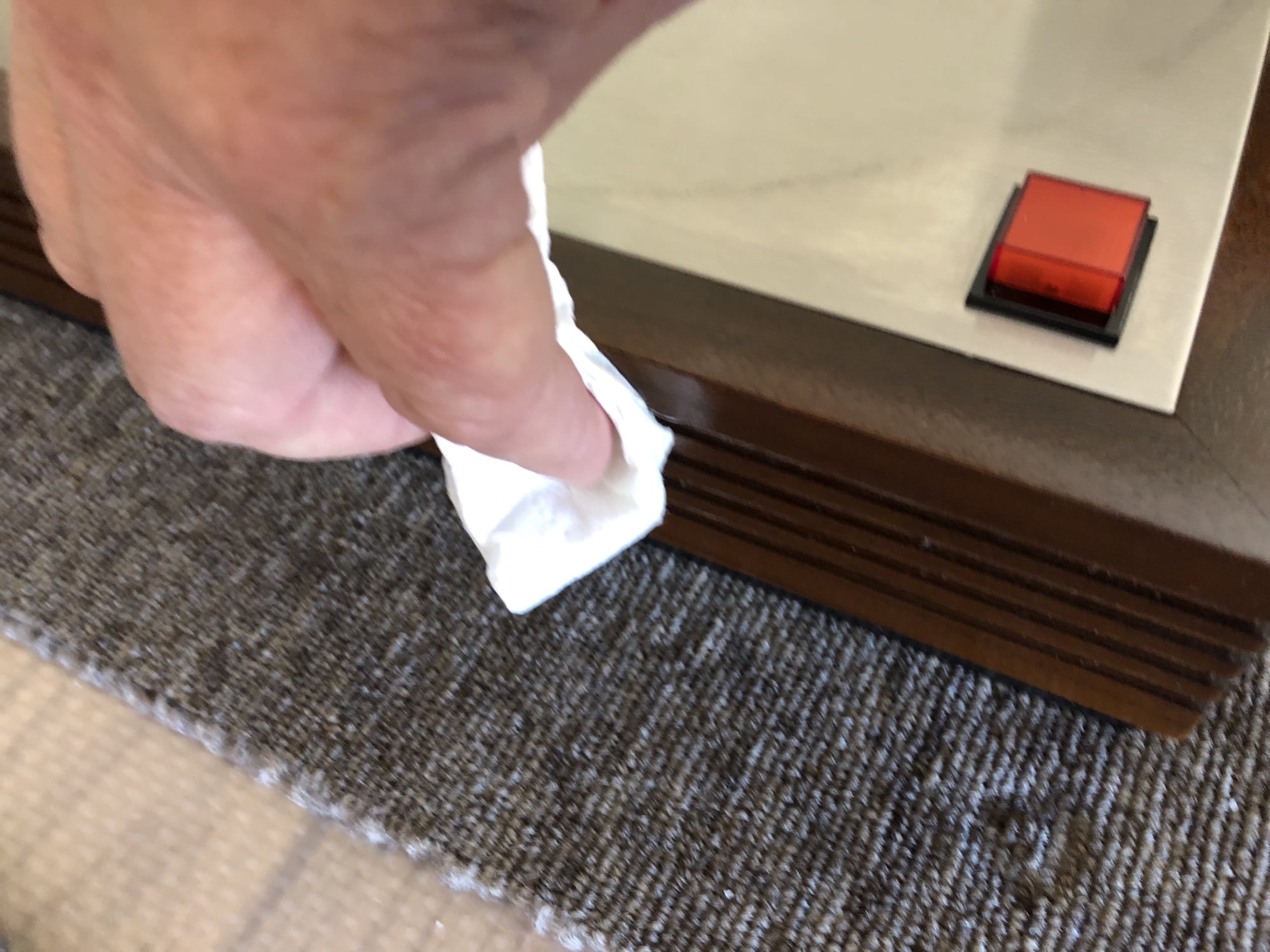
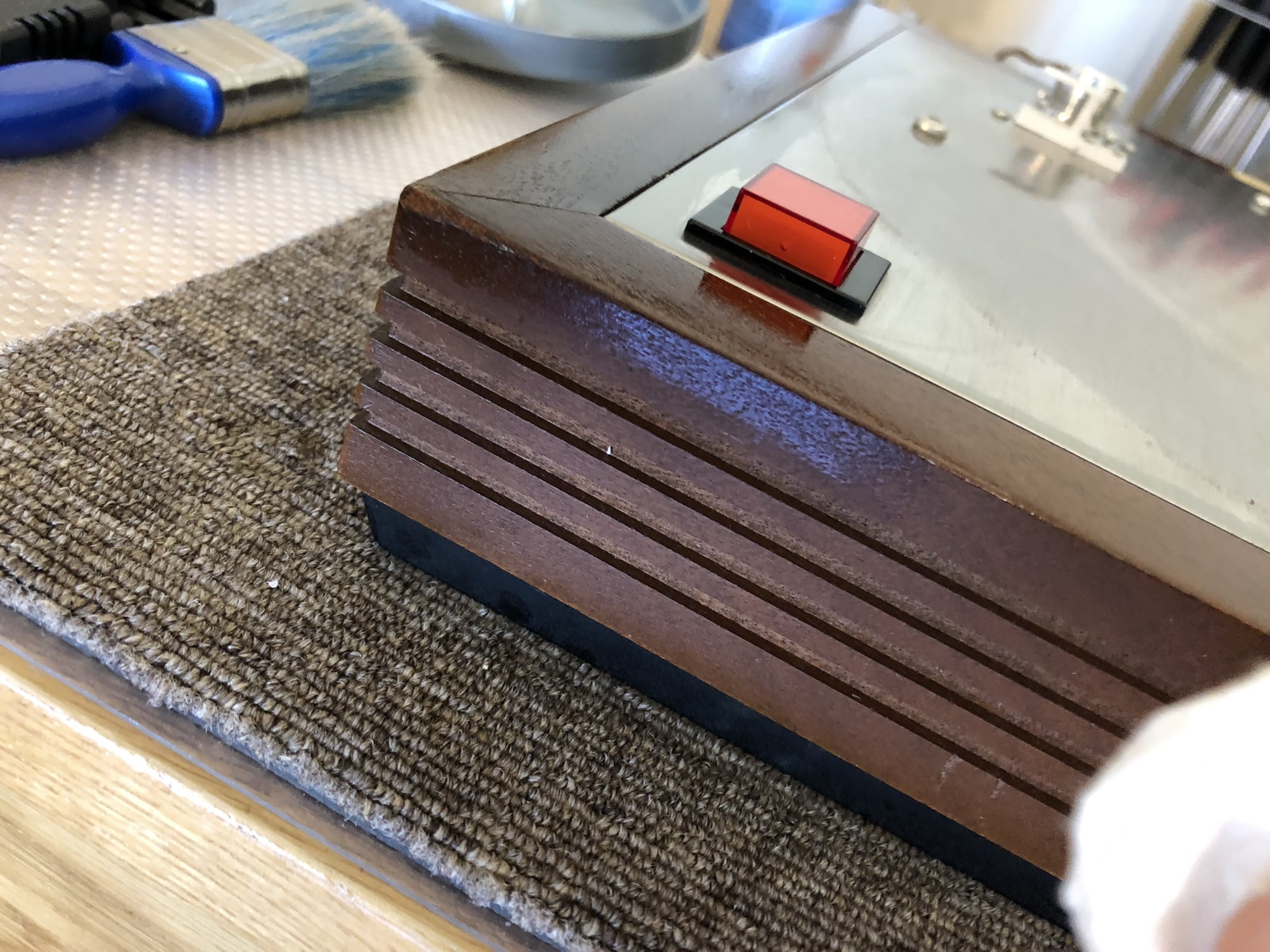
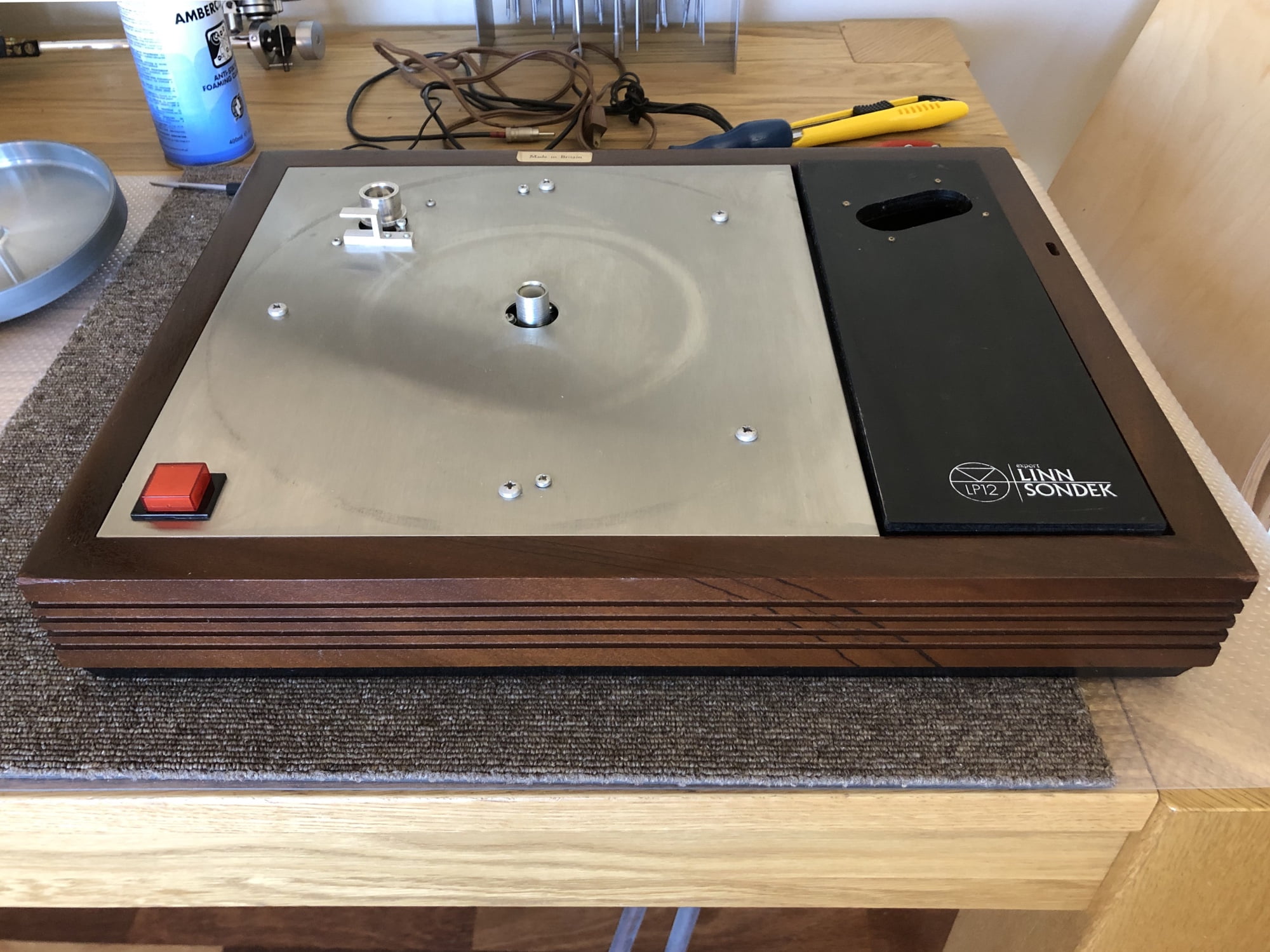
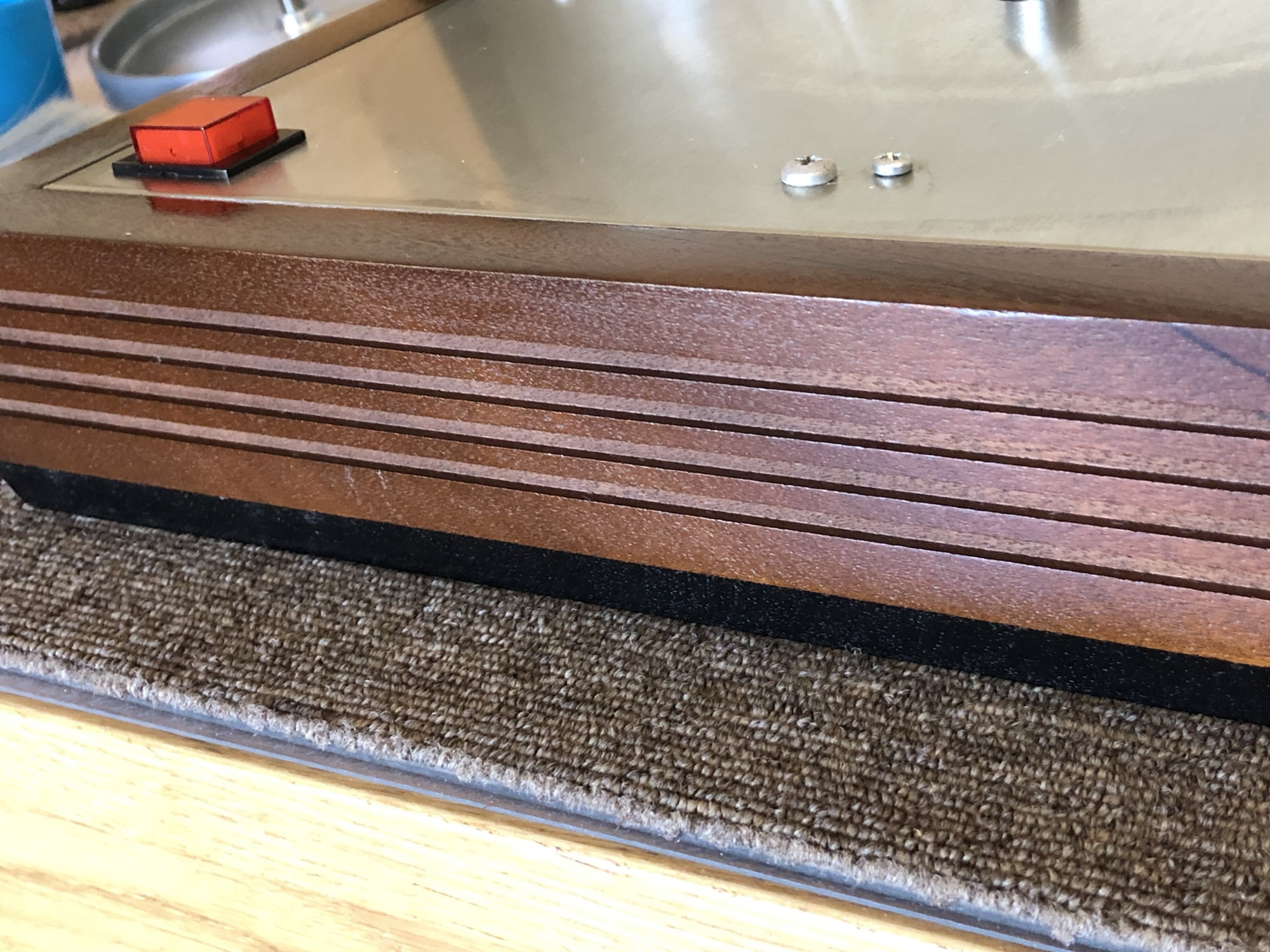
New Cartridge & Suspension Setup
This fabulous, original Fidelity Research FR-1 Mk 3 has seen better days. The cantilever is bent and needs a new gem. I have an excellent re-tipper and this cartridge can be refurbished to like-new condition, but we didn’t opt for that here.
For several reasons, I advised the owner to go with a good moving magnet cartridge. The FR-1 is not ideally suited to the SME 3009, being too heavy and stiff for the arm. We also needed to get this deck playing records ASAP.
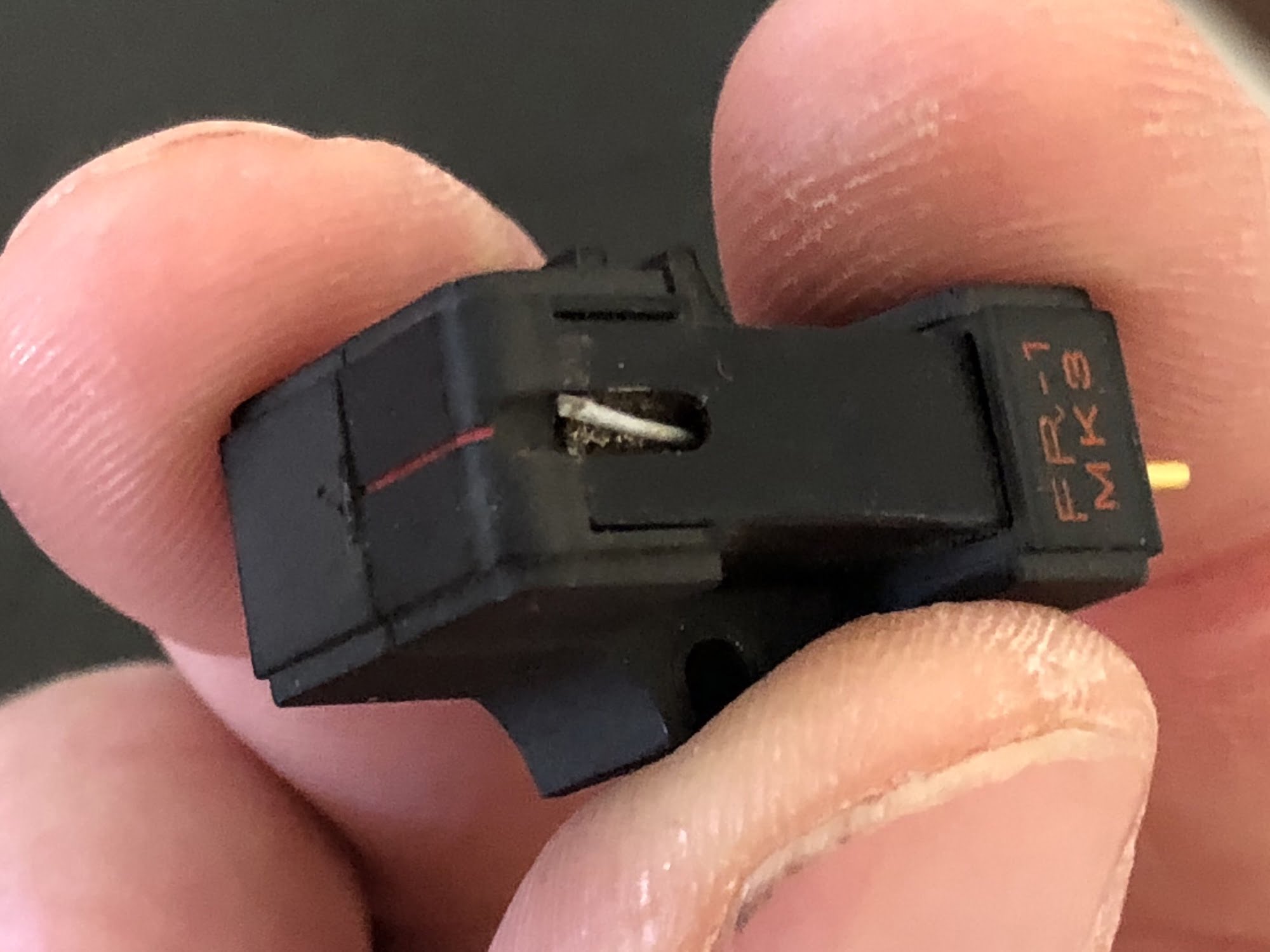


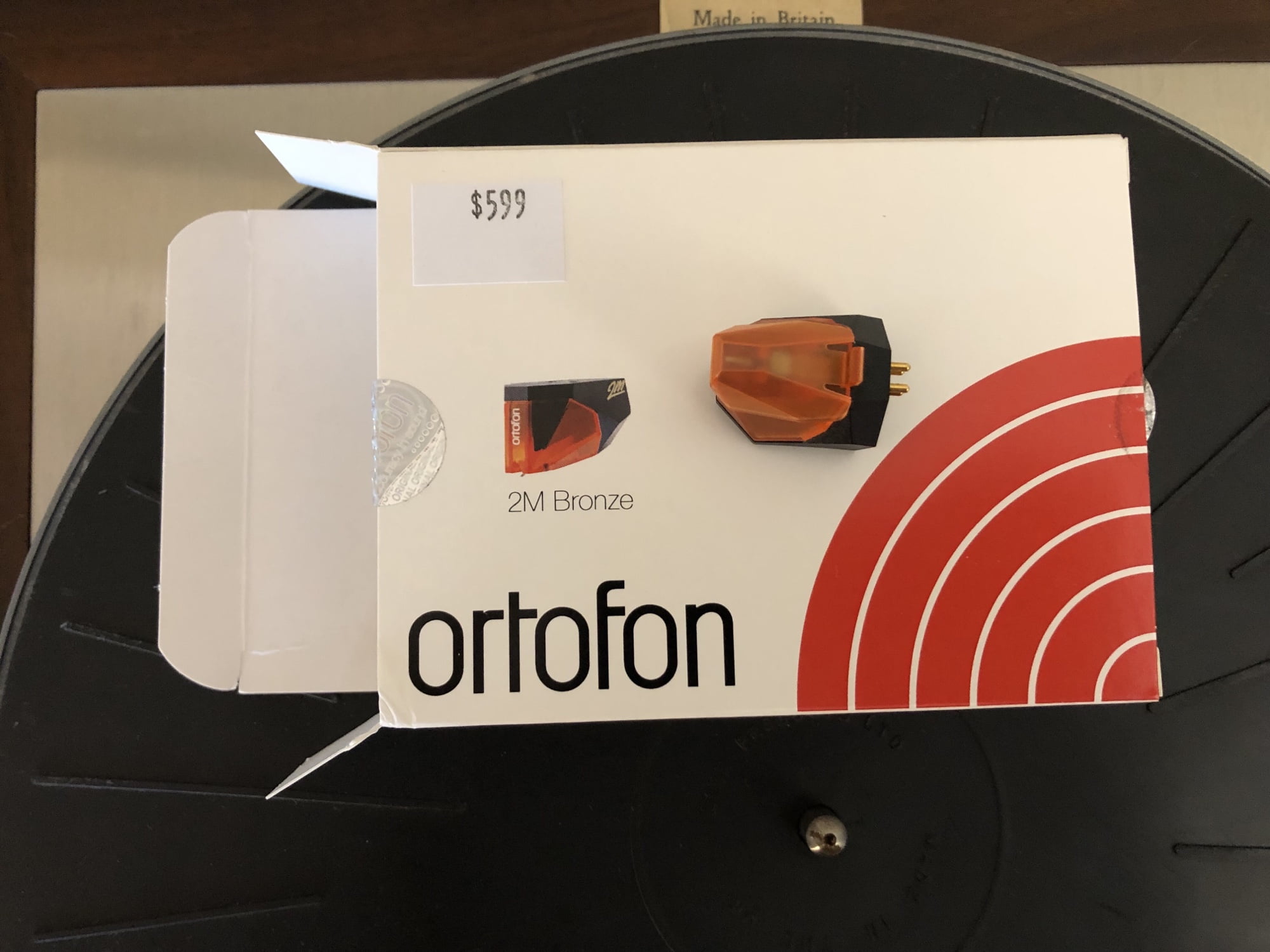
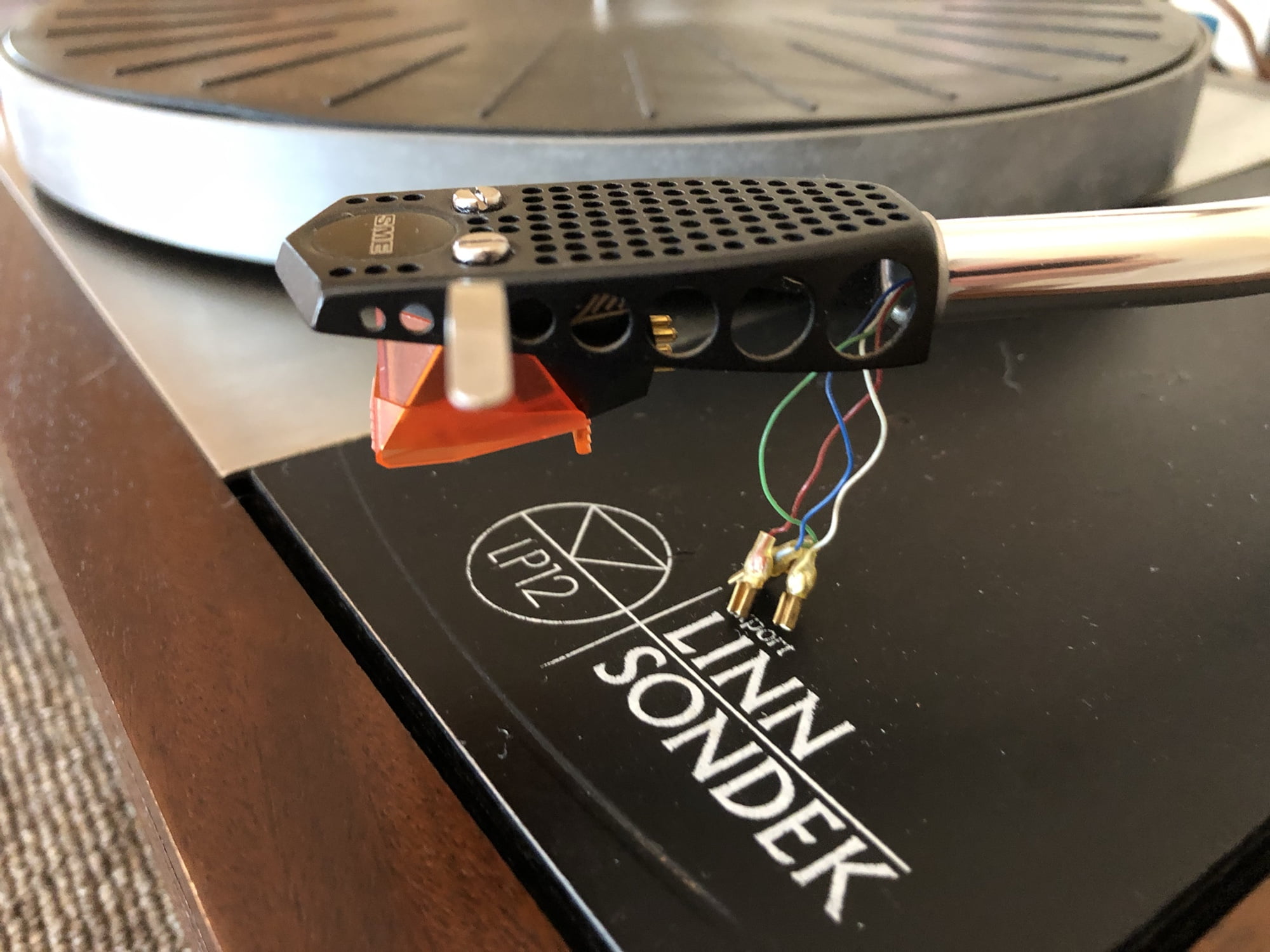
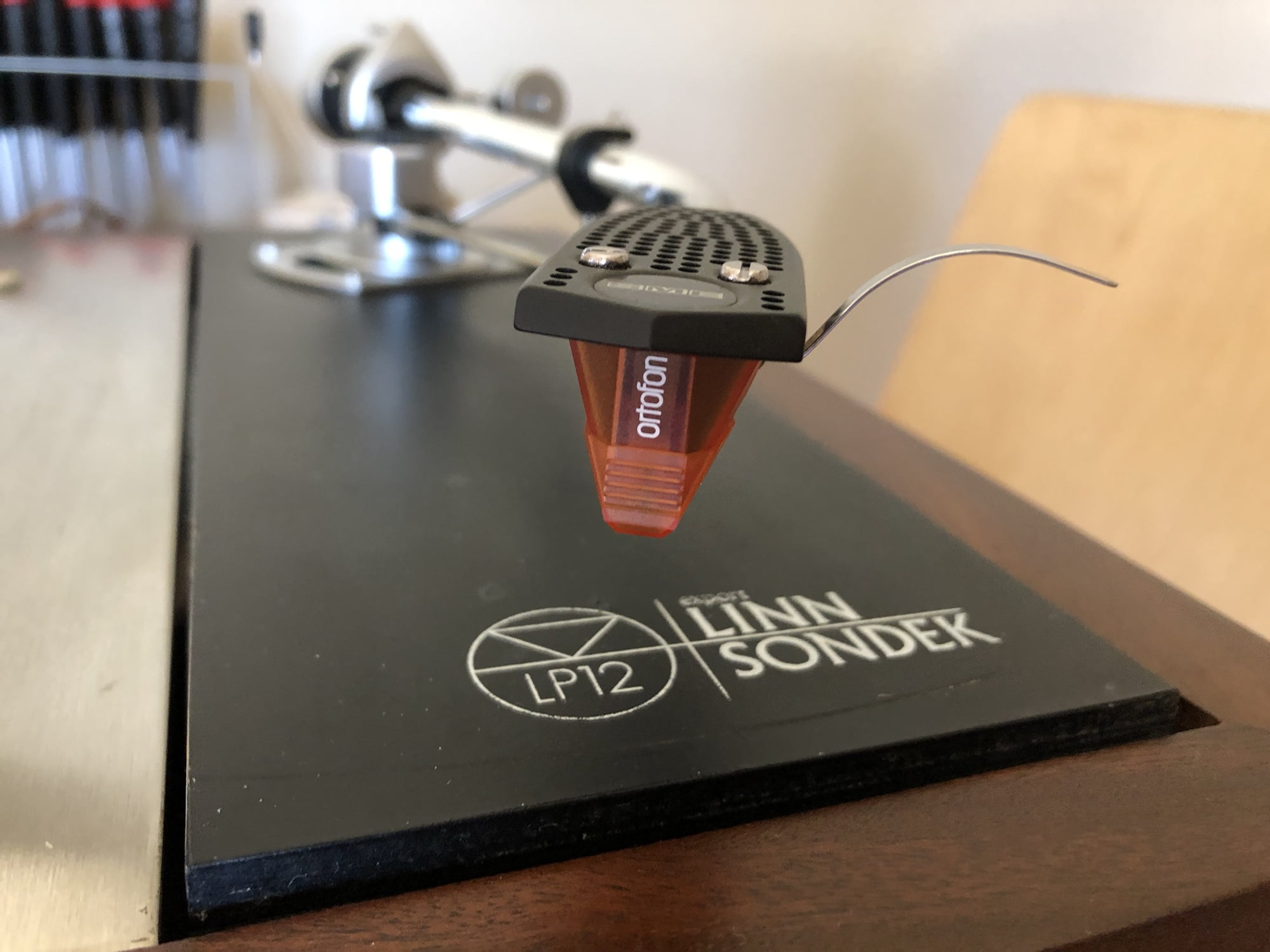
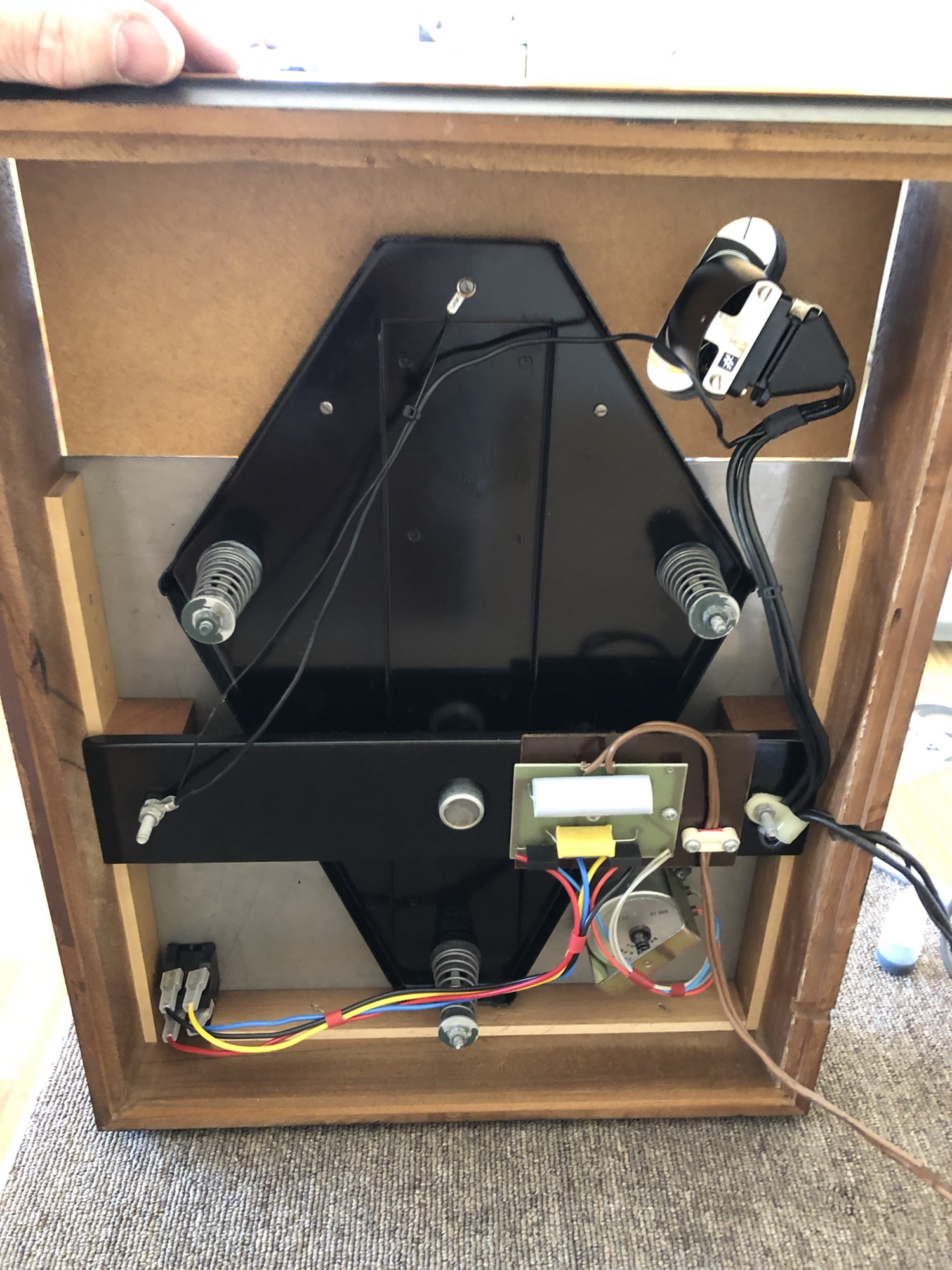
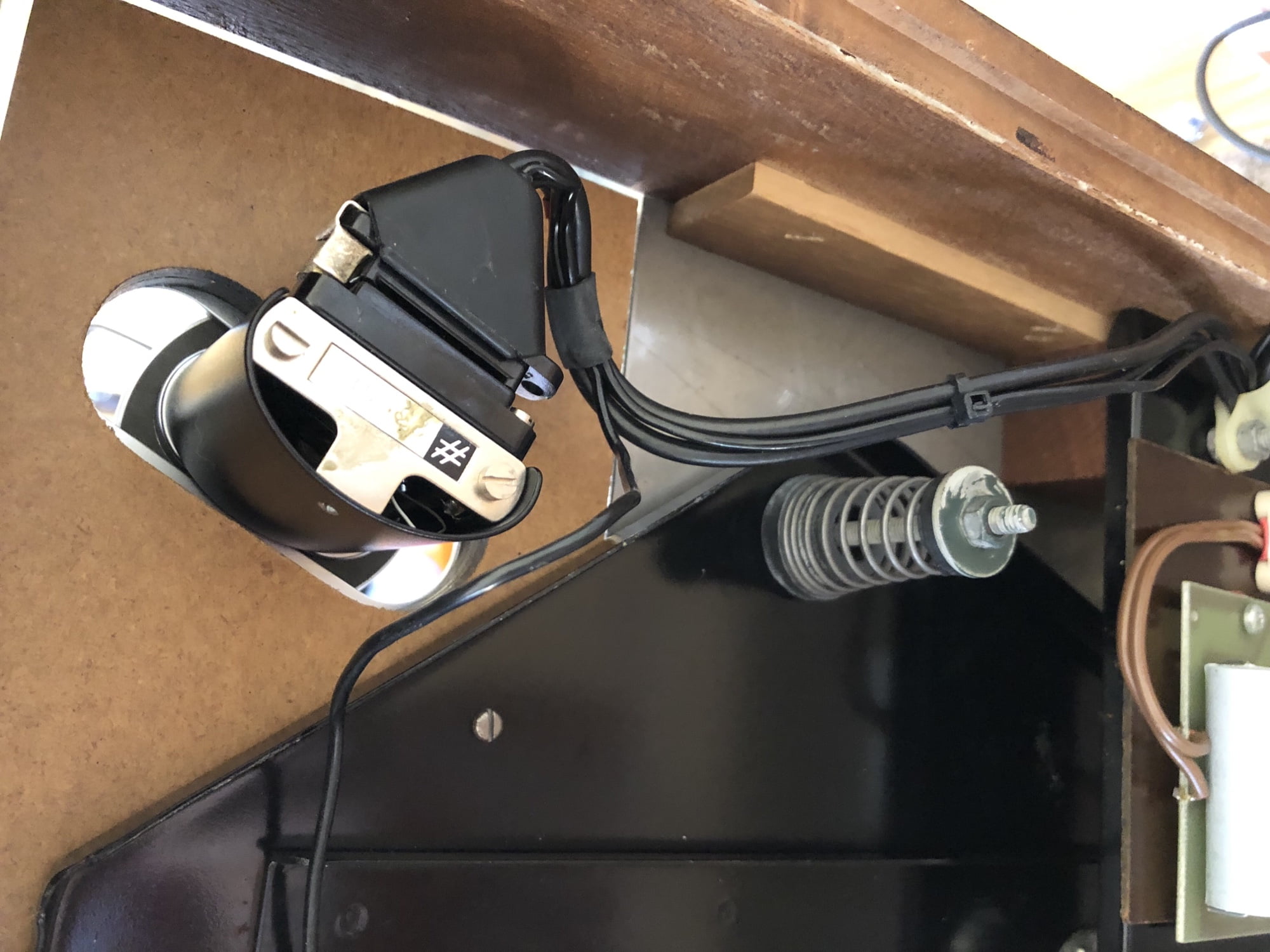
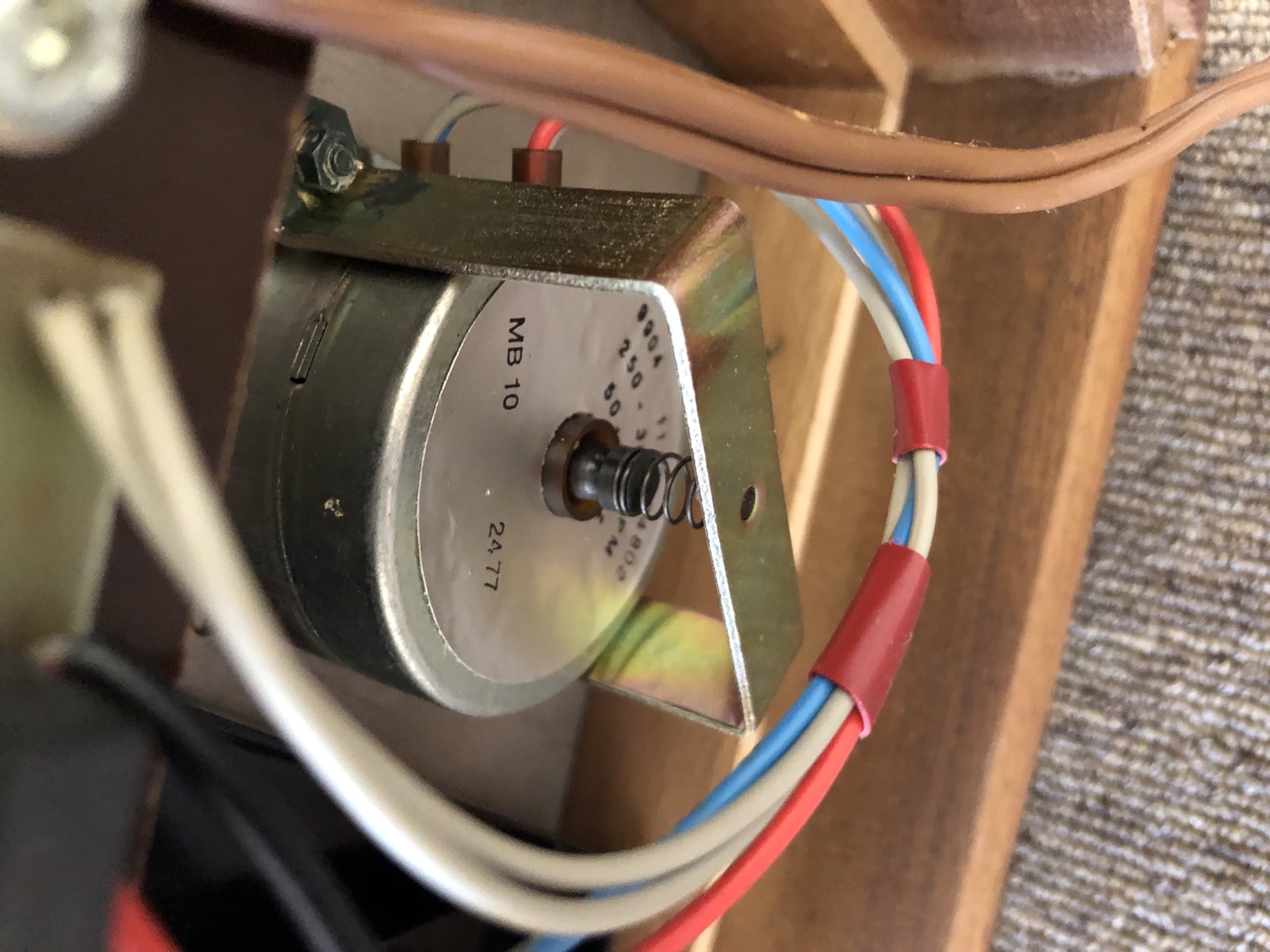
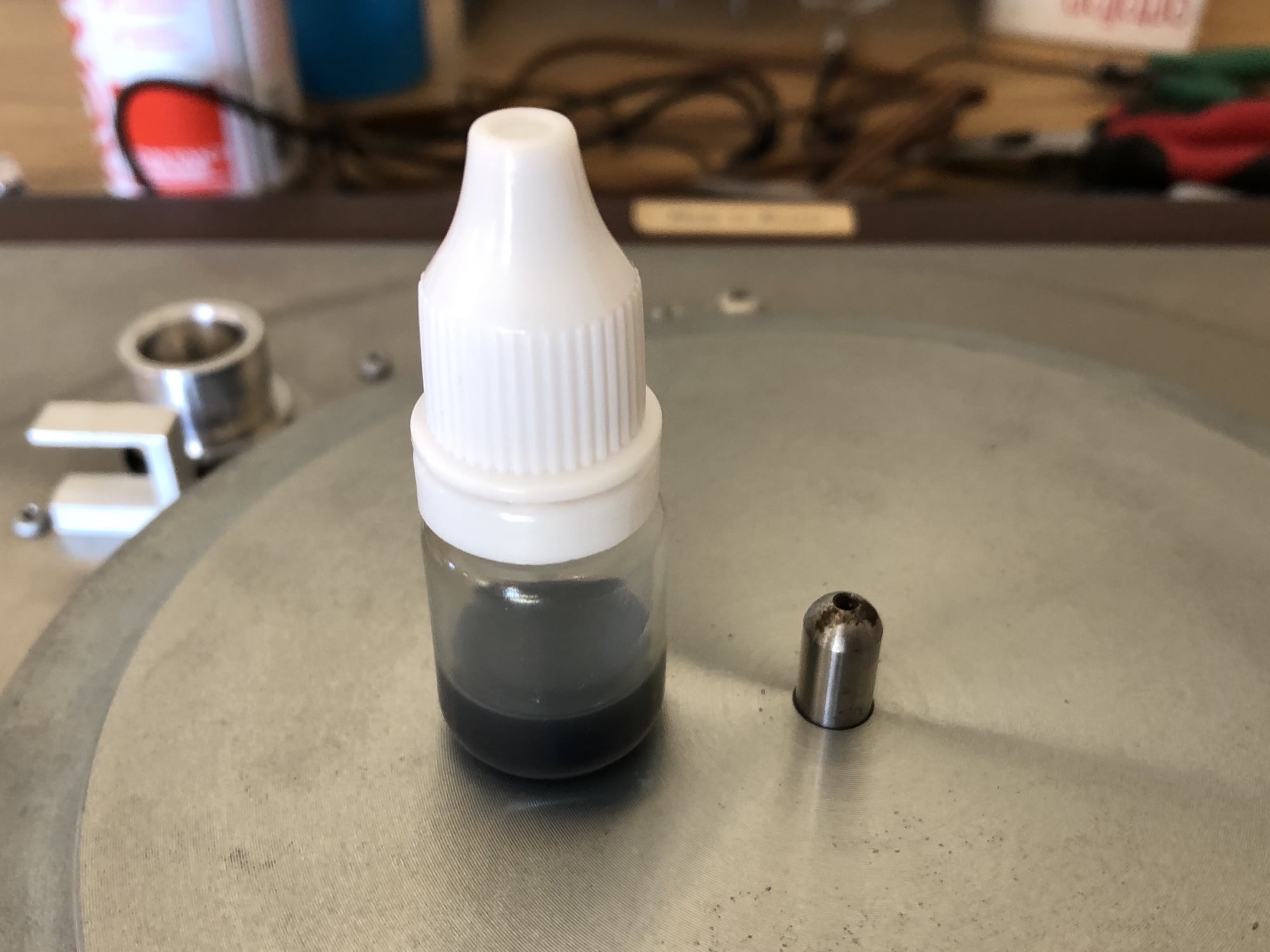
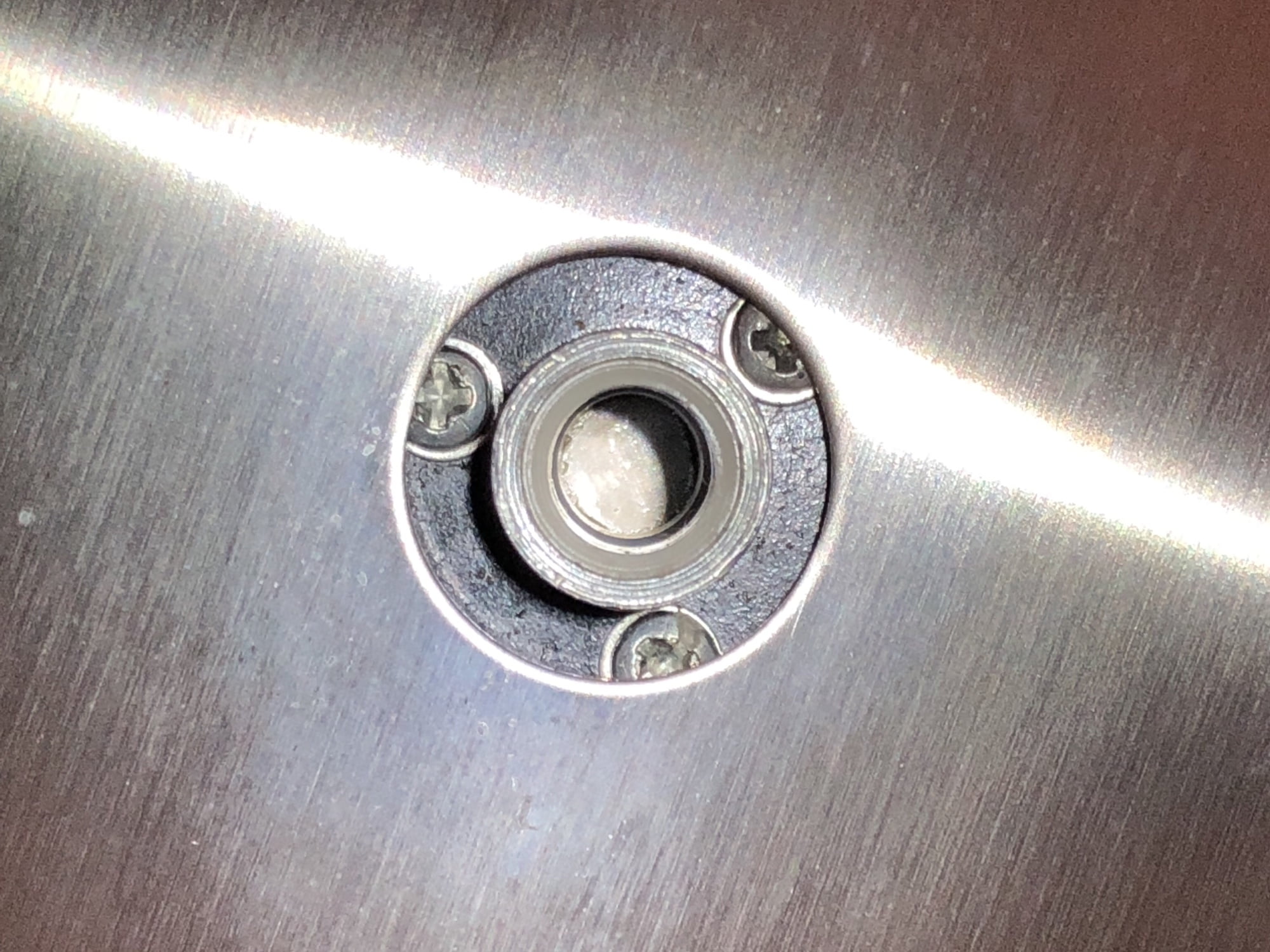
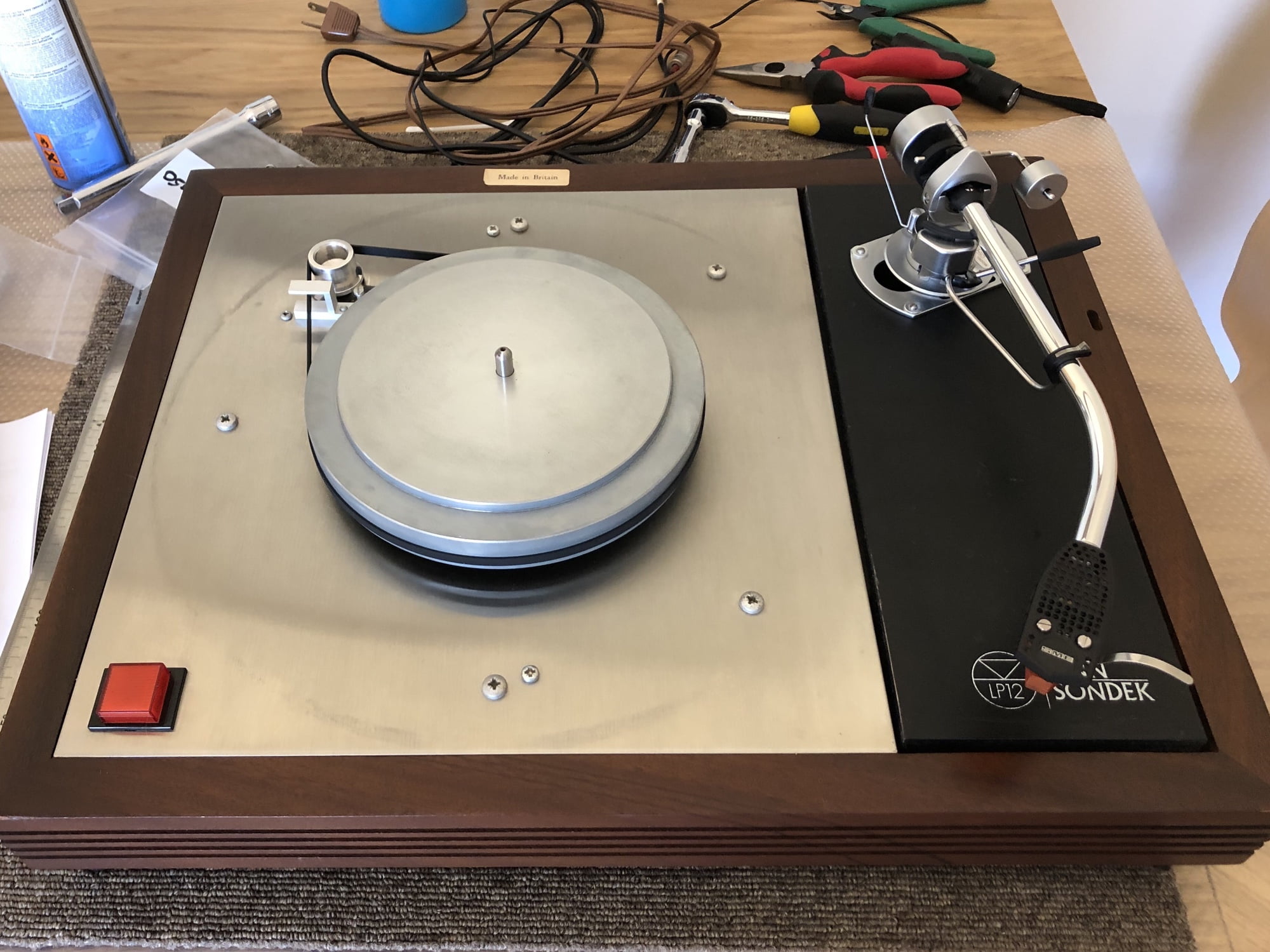
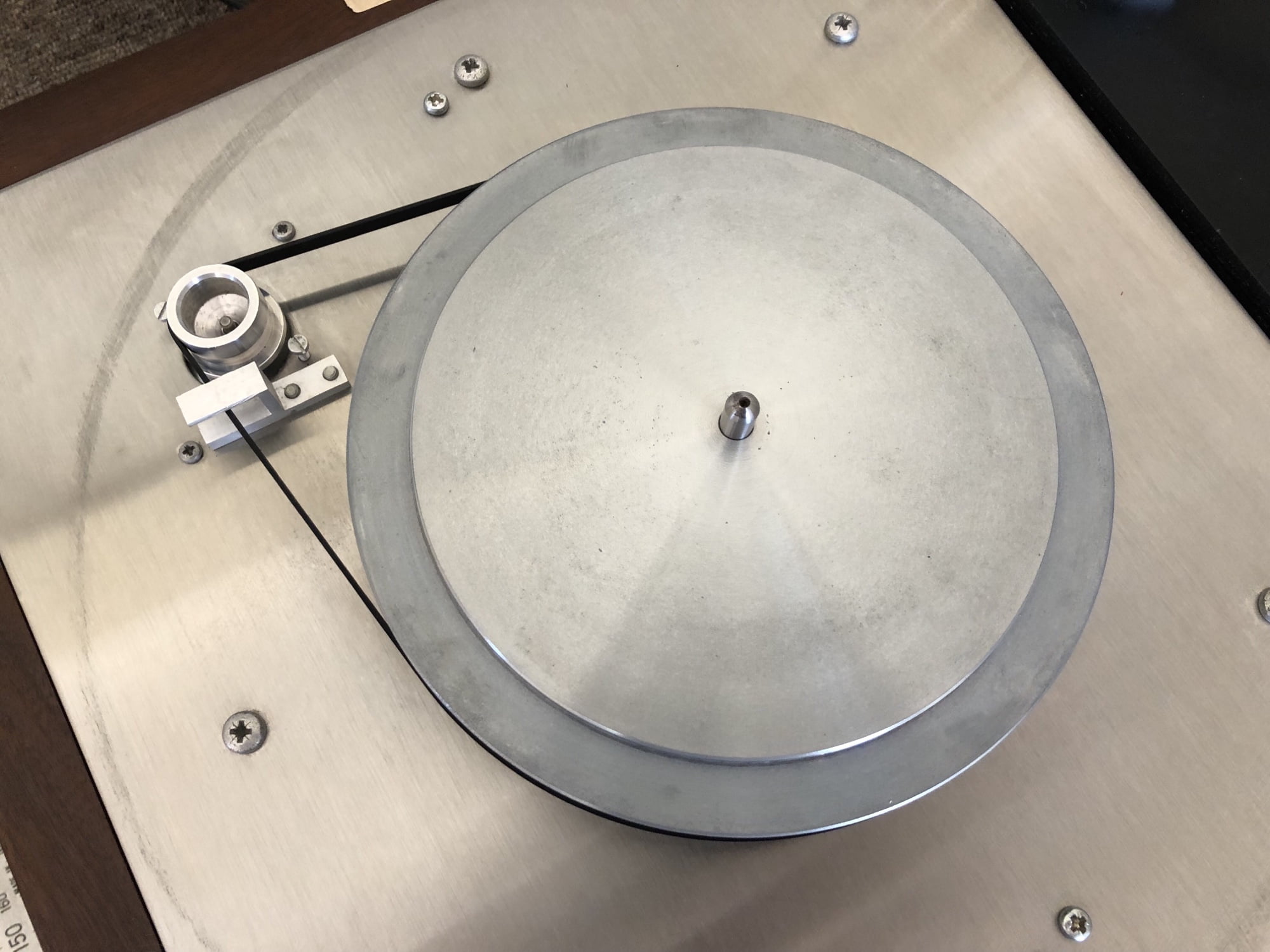
Final Adjustment & Testing
Nearly done now and all we have left to do is set all the critical tonearm adjustments. That includes the things most people don’t do properly – vertical tracking angle (arm height), azimuth, lateral balance on the 3009, anti-skate and of course overhang (with an SME protractor) and tracking force.
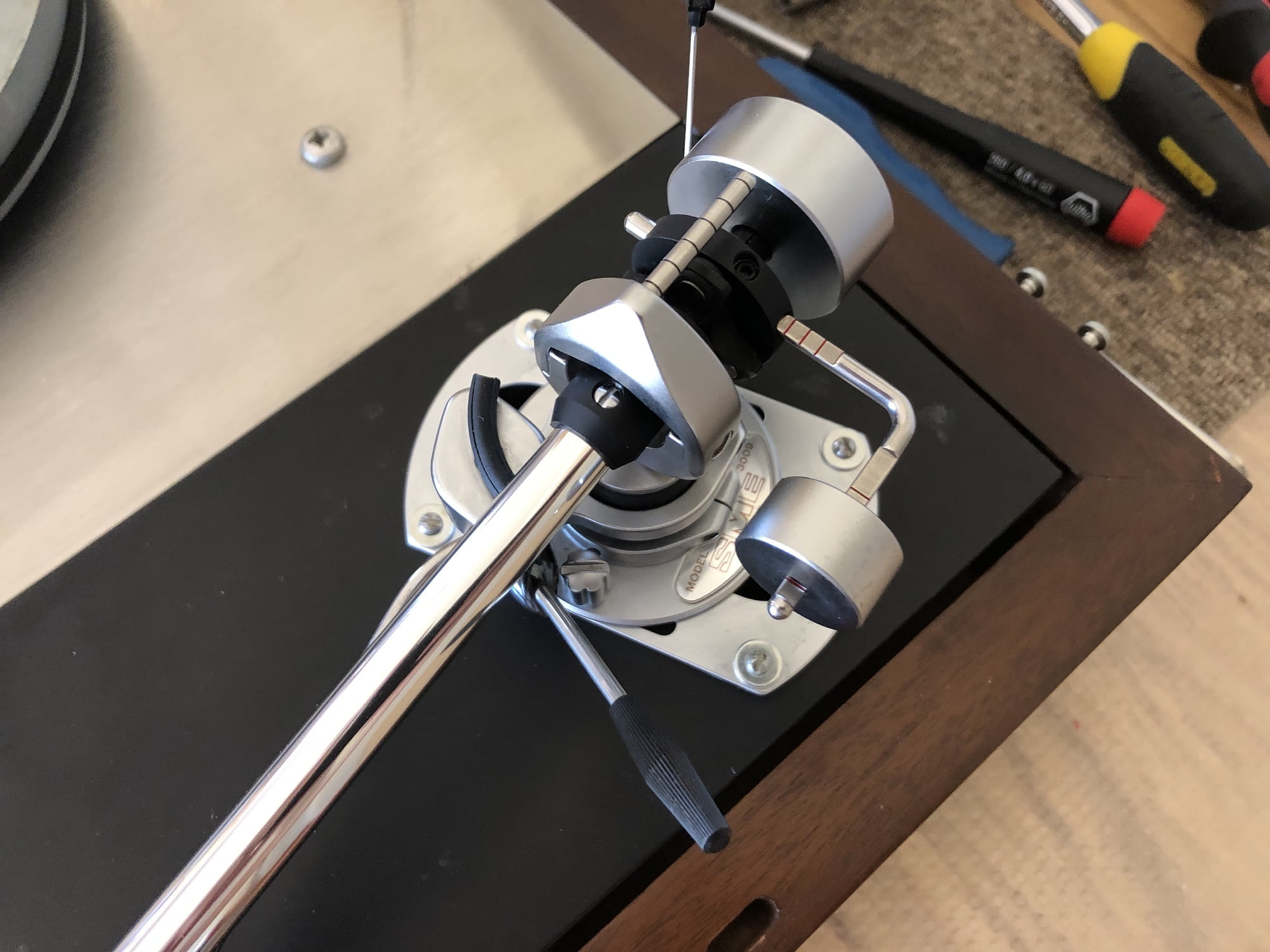
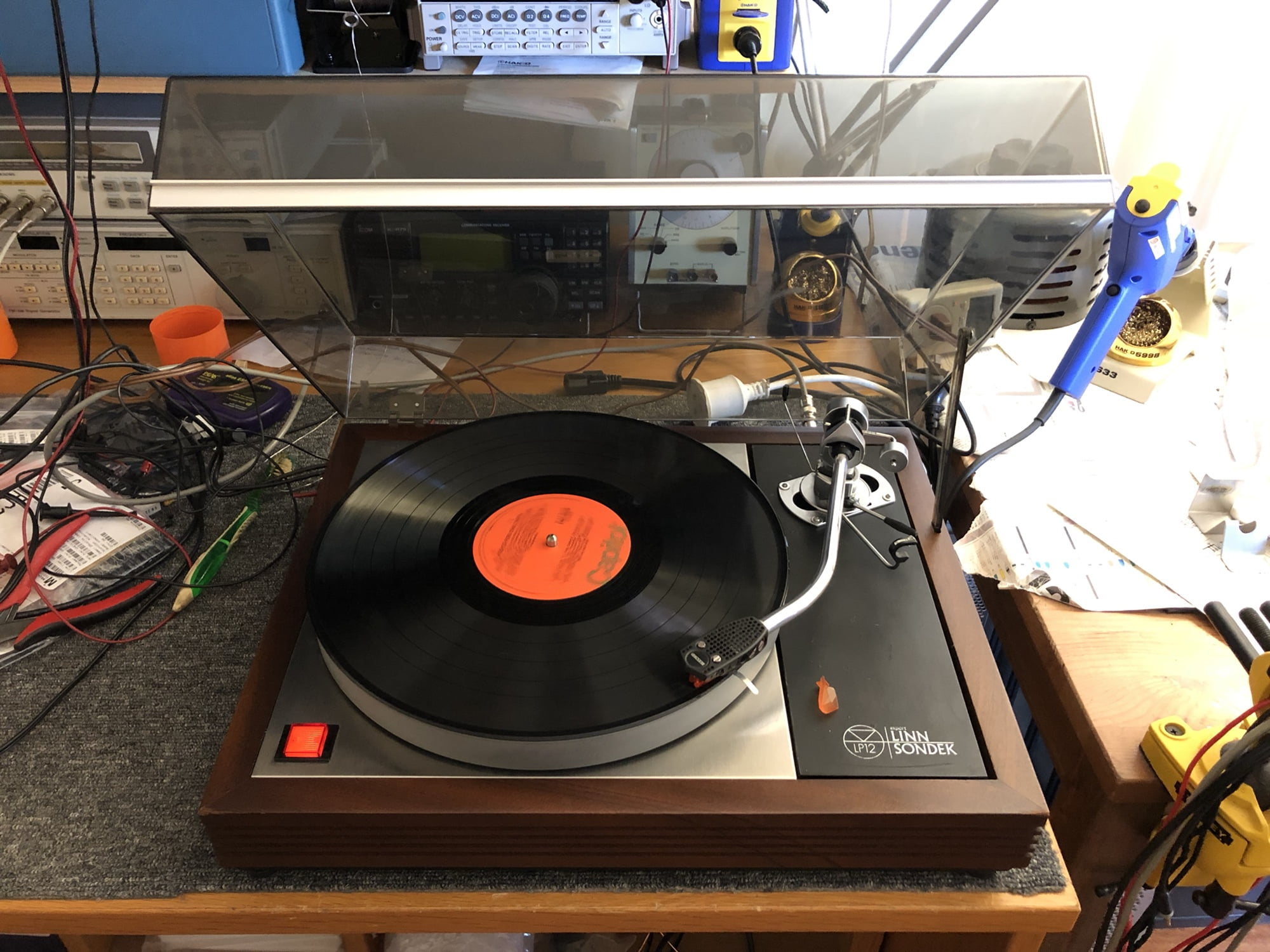
The Recommissioned Linn Sondek LP12
So, here she is, in all her glory, the recommissioned Linn Sondek LP12. She sounds fantastic, as one would expect of this fairly basic but well-set-up older deck, with a lovely arm and cartridge.
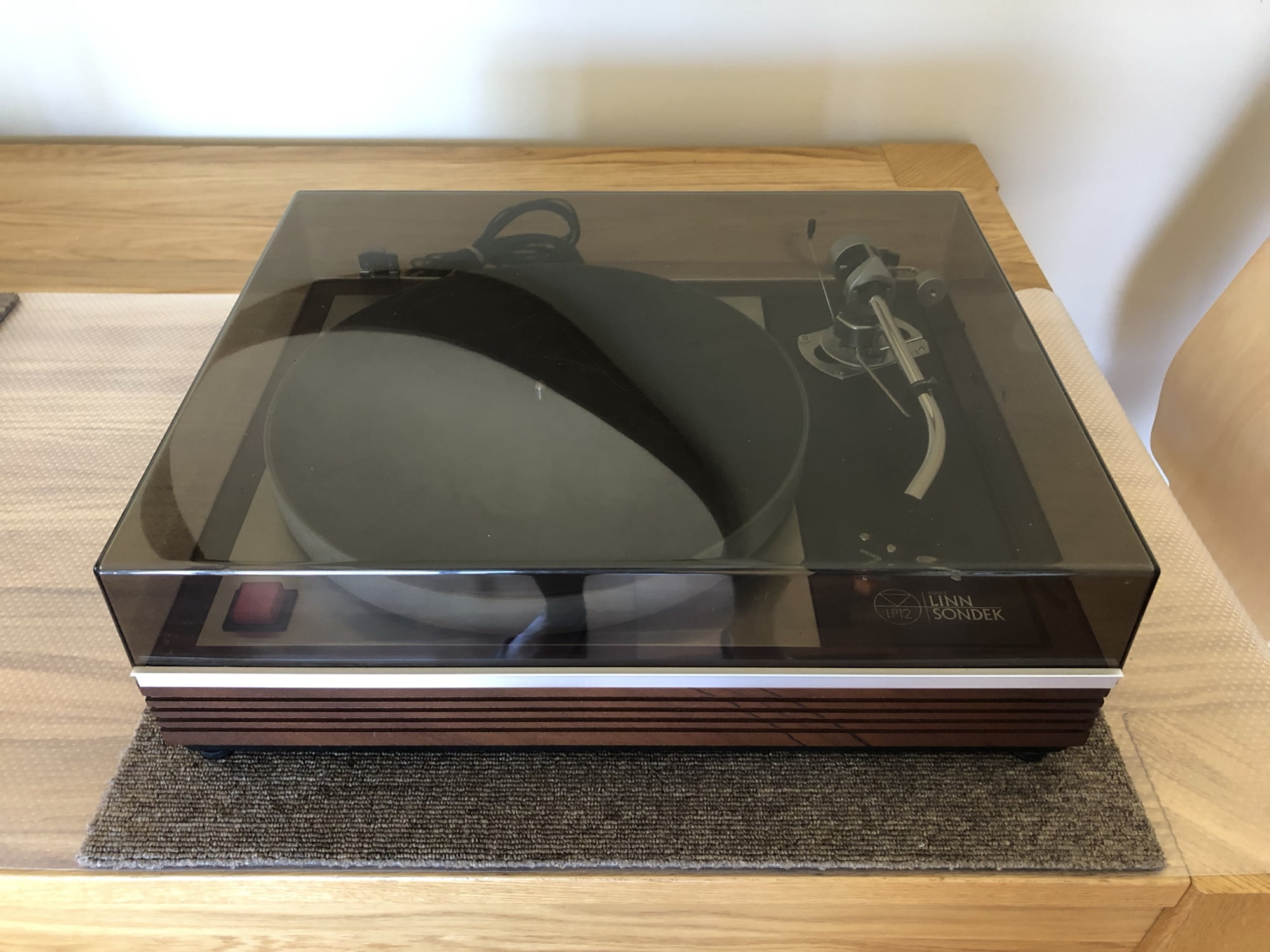
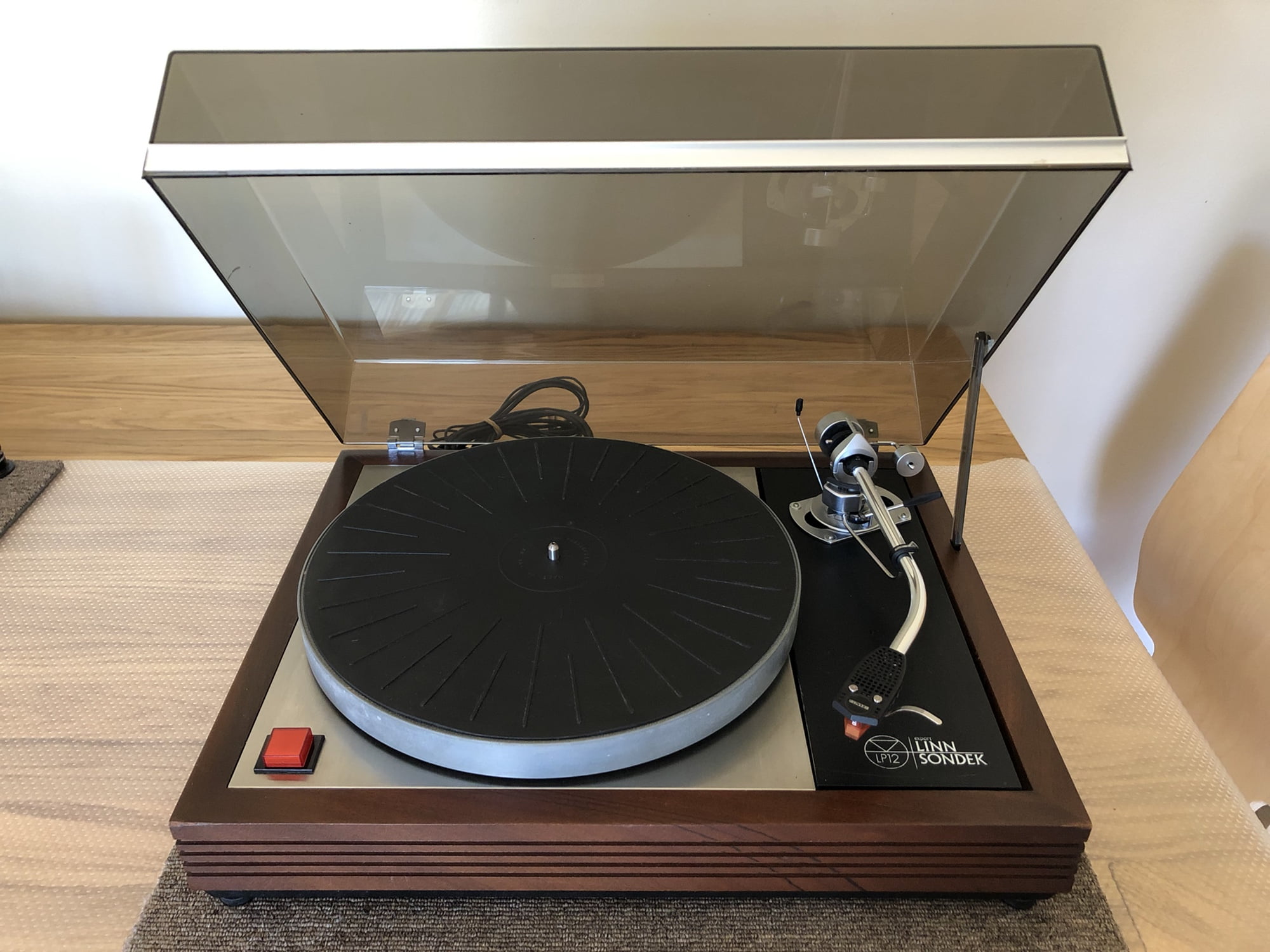
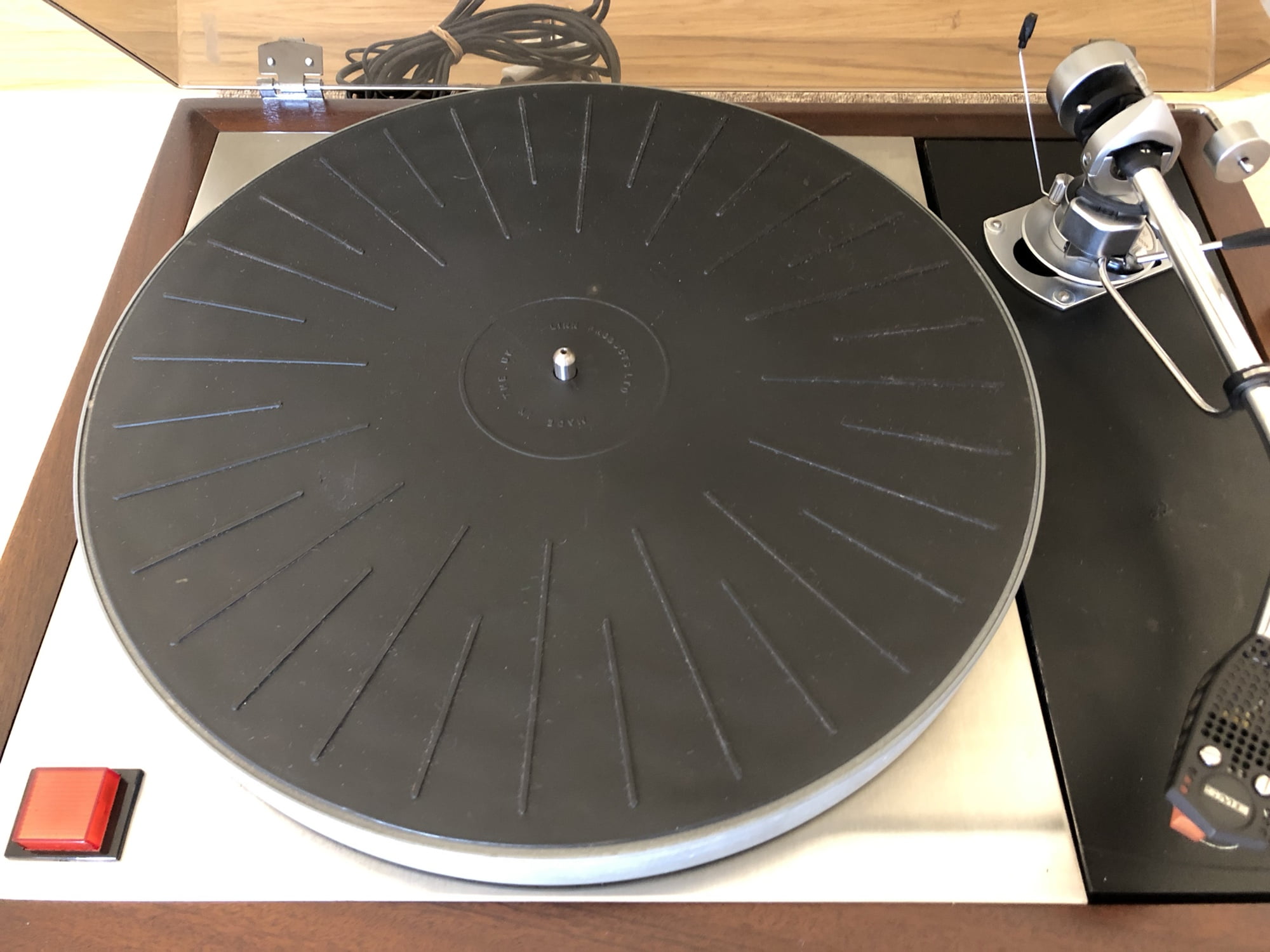
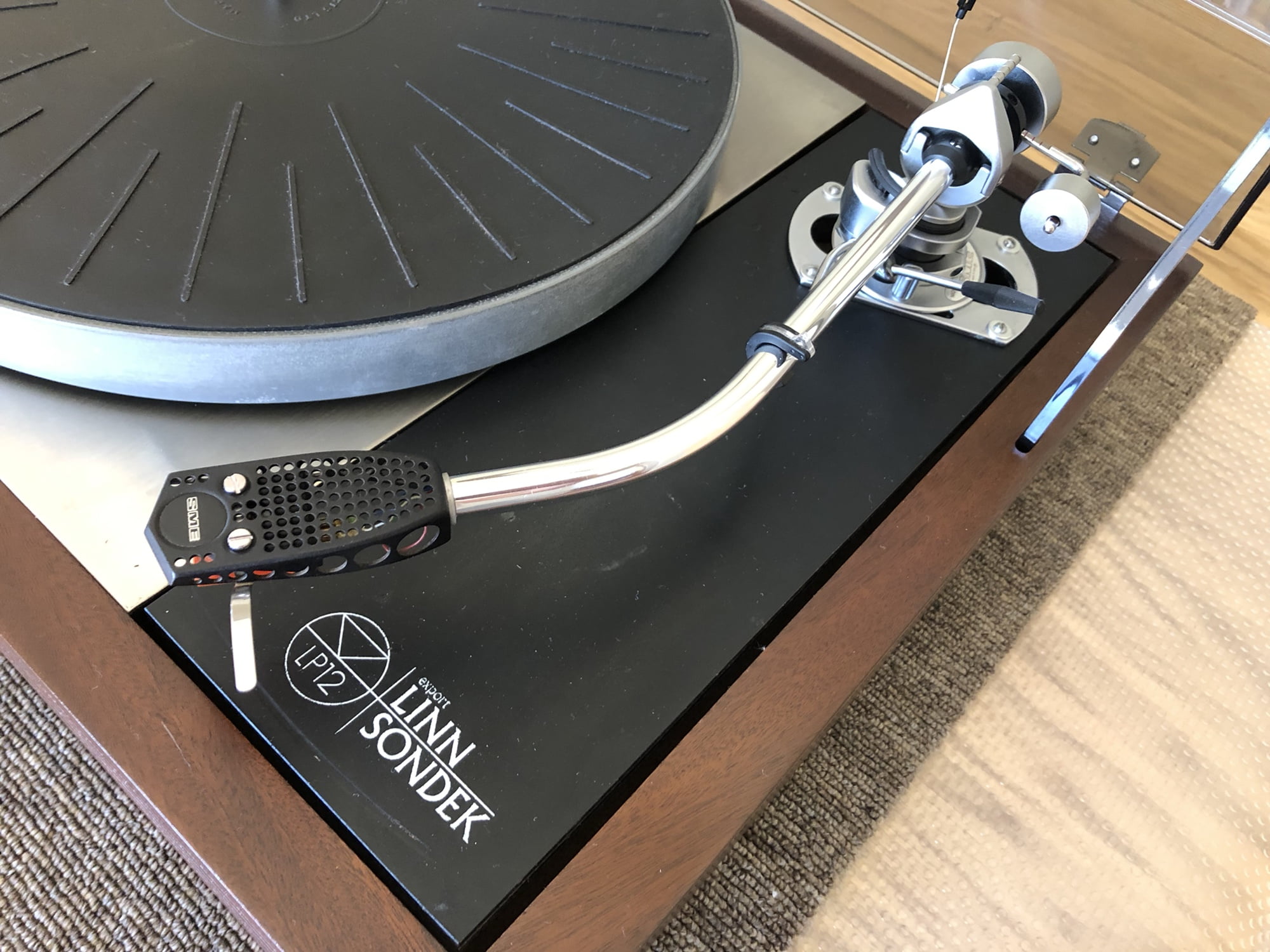
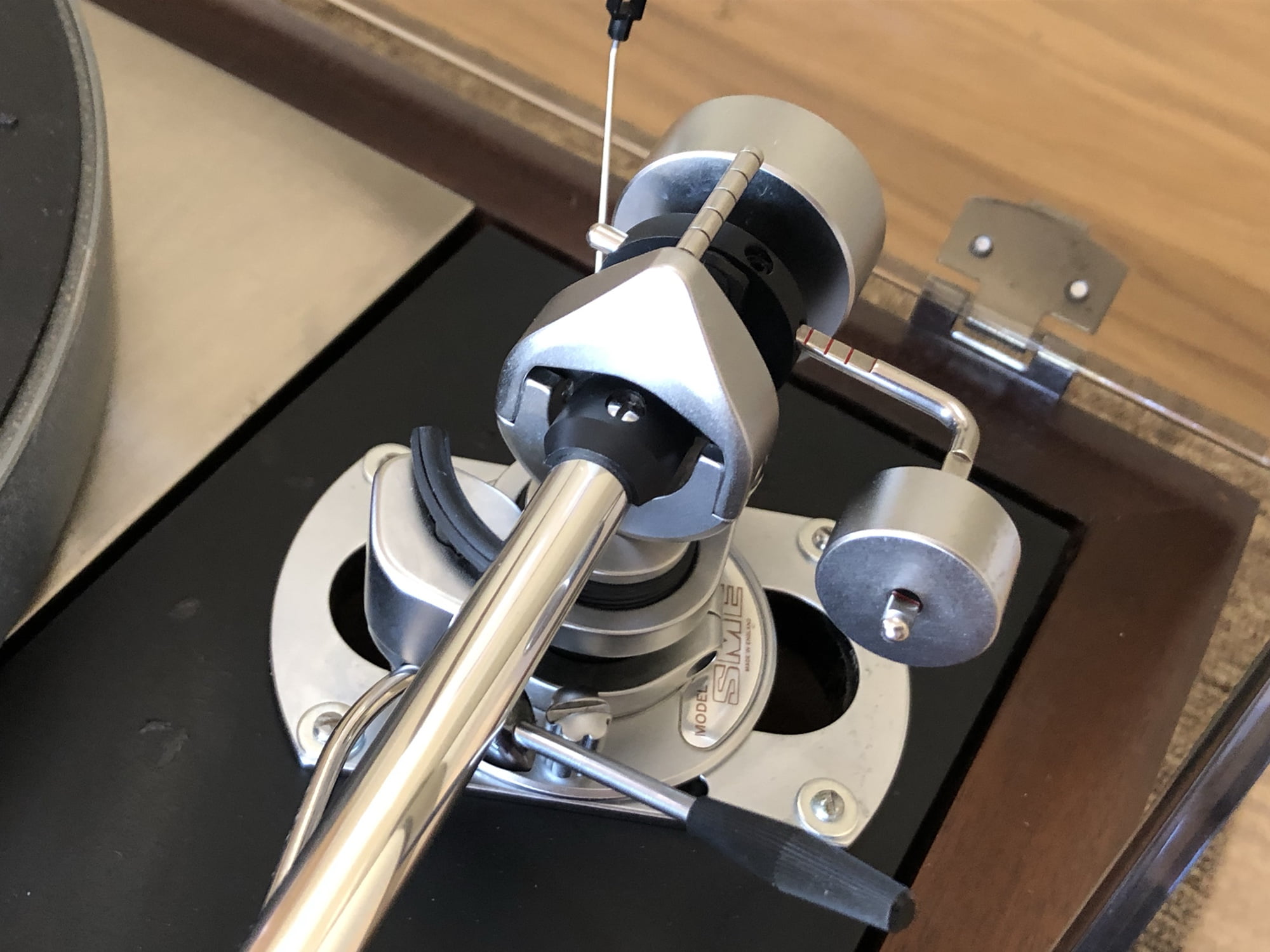
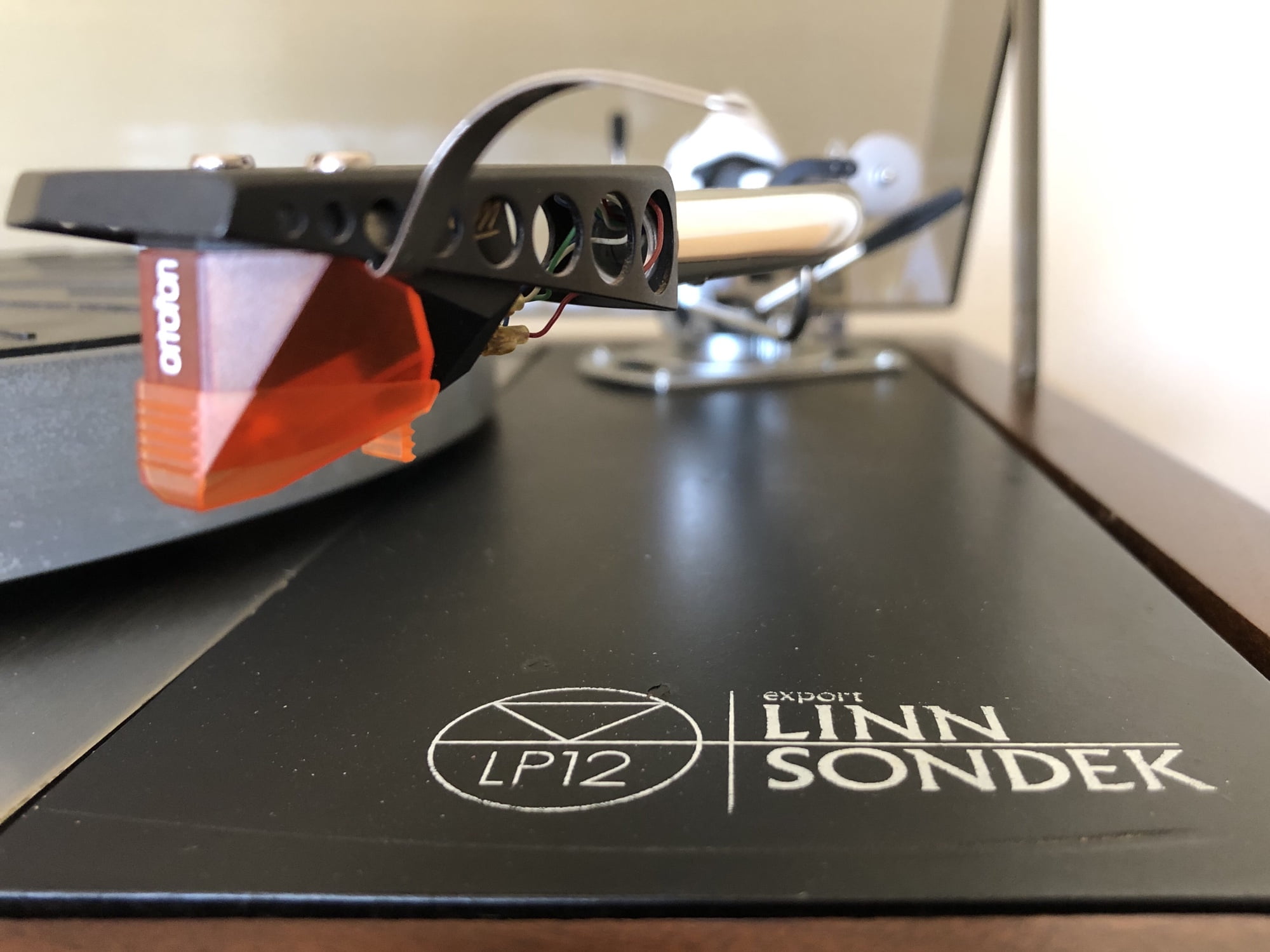
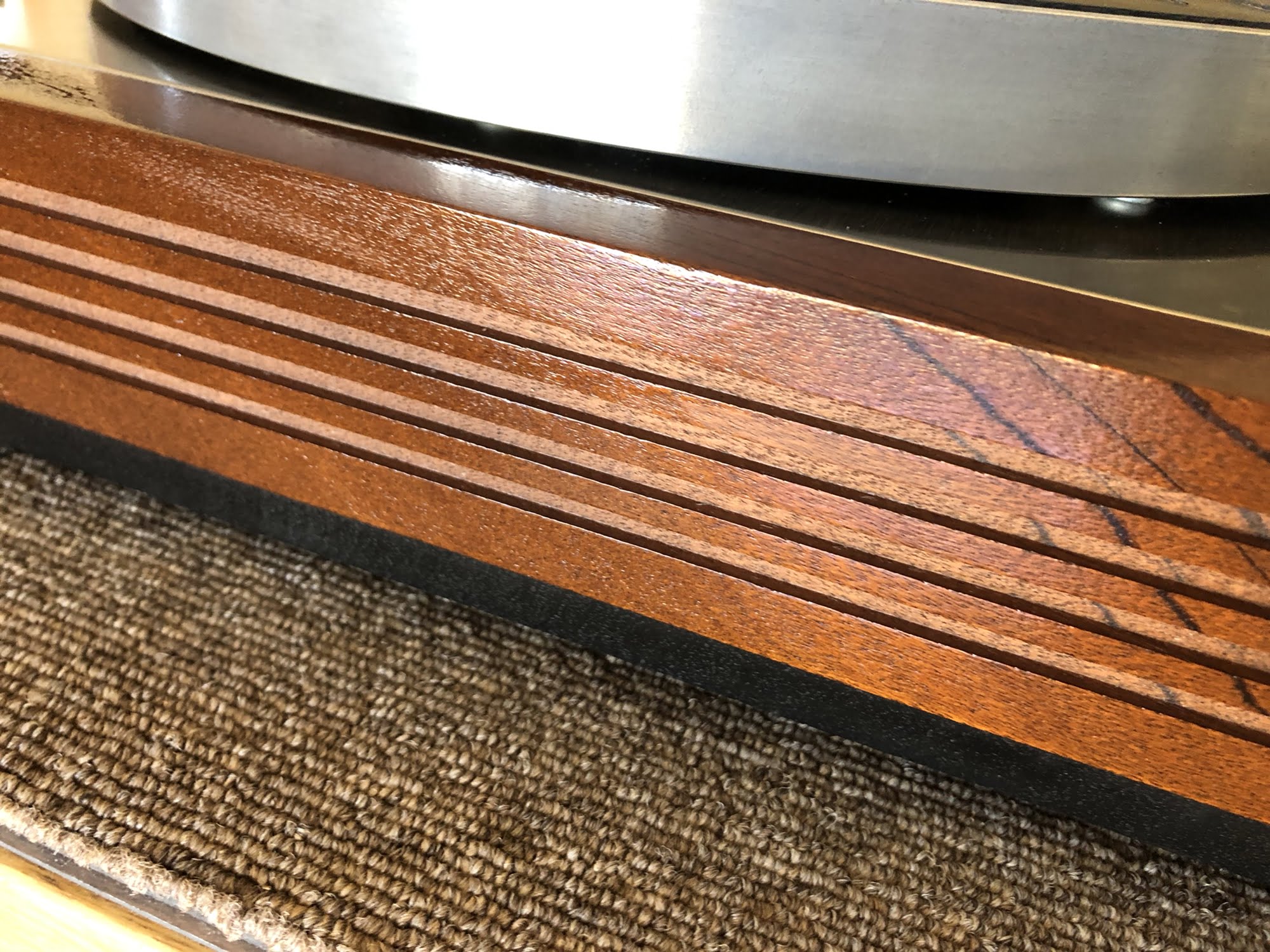
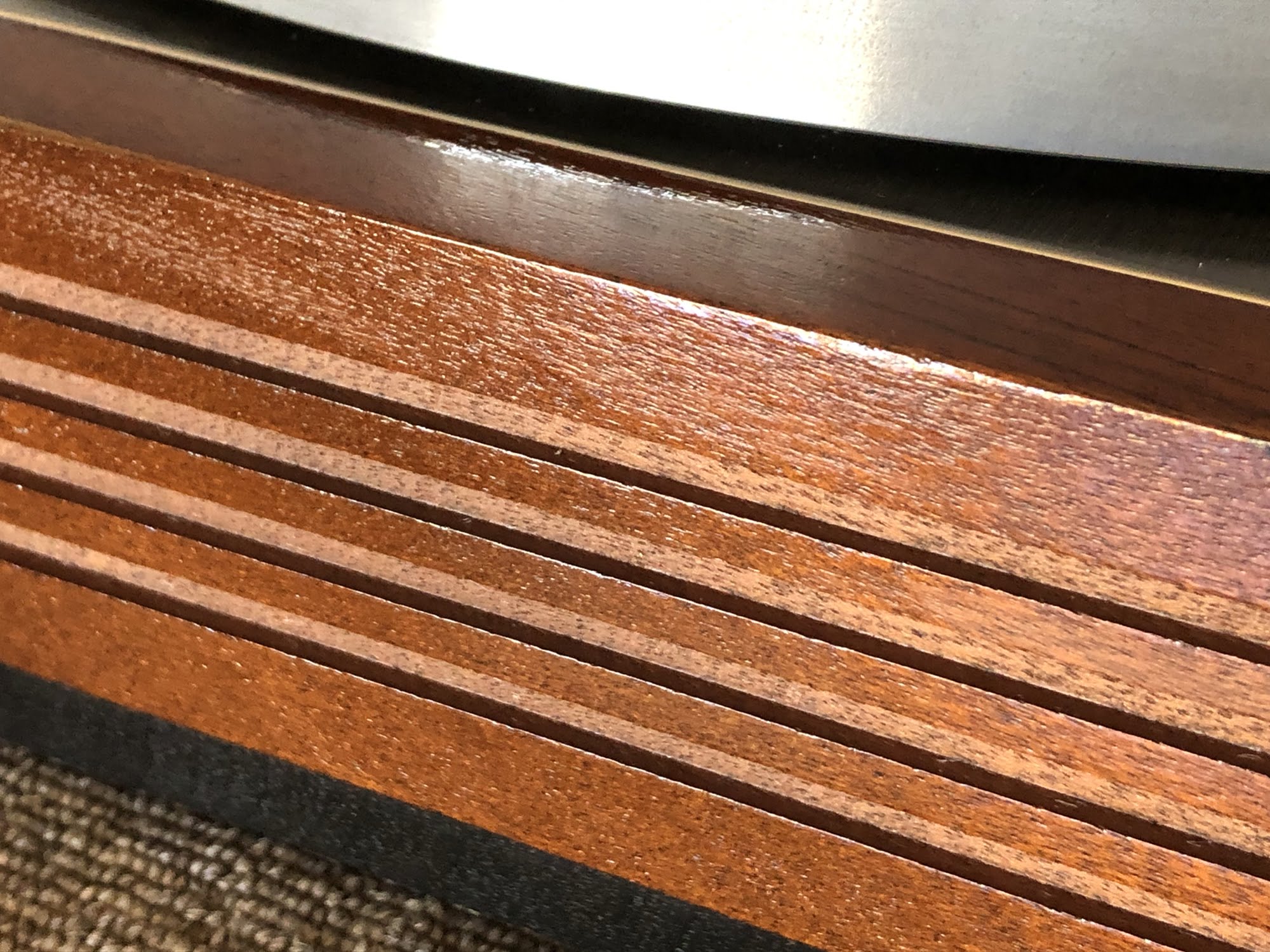
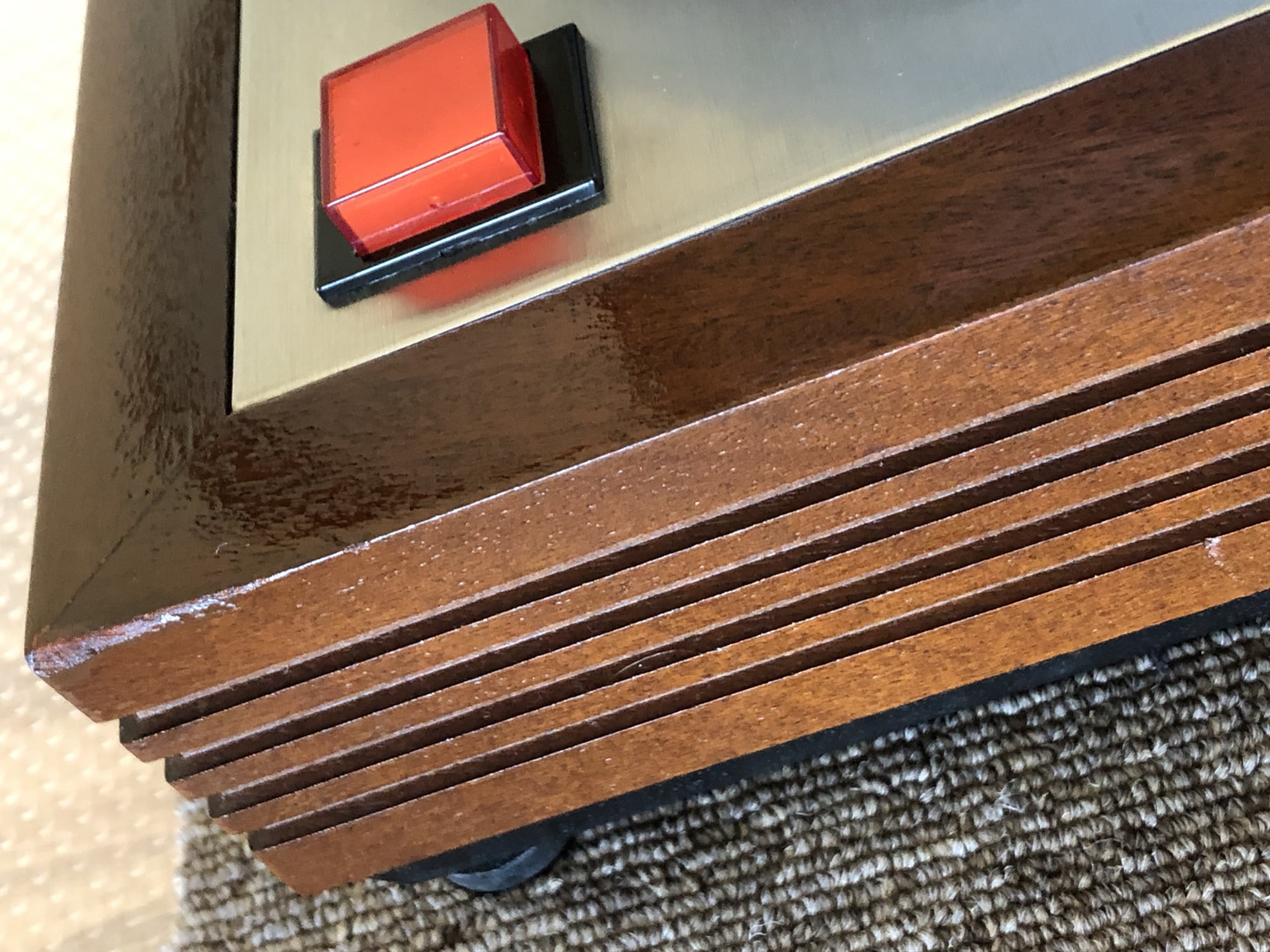

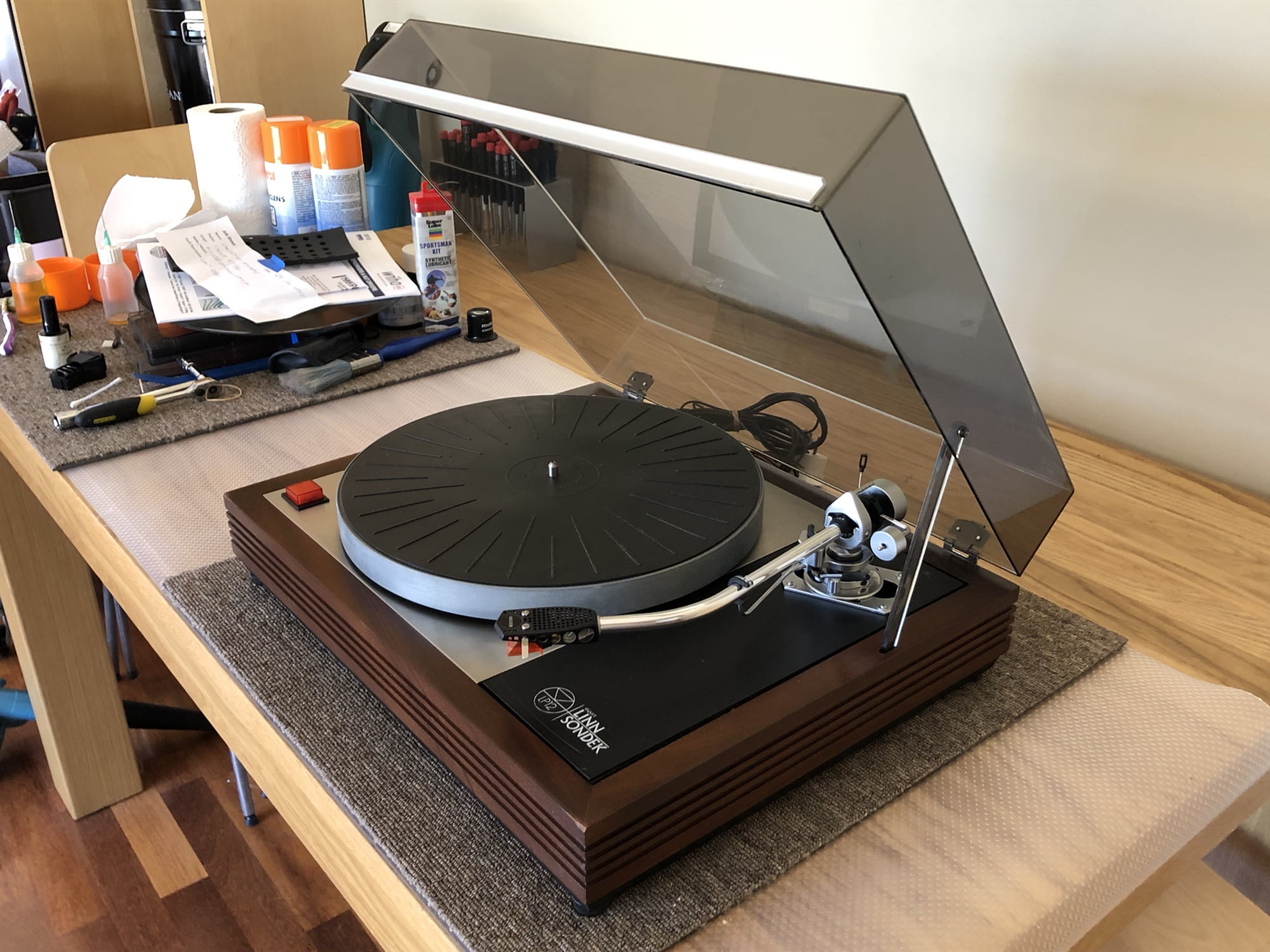
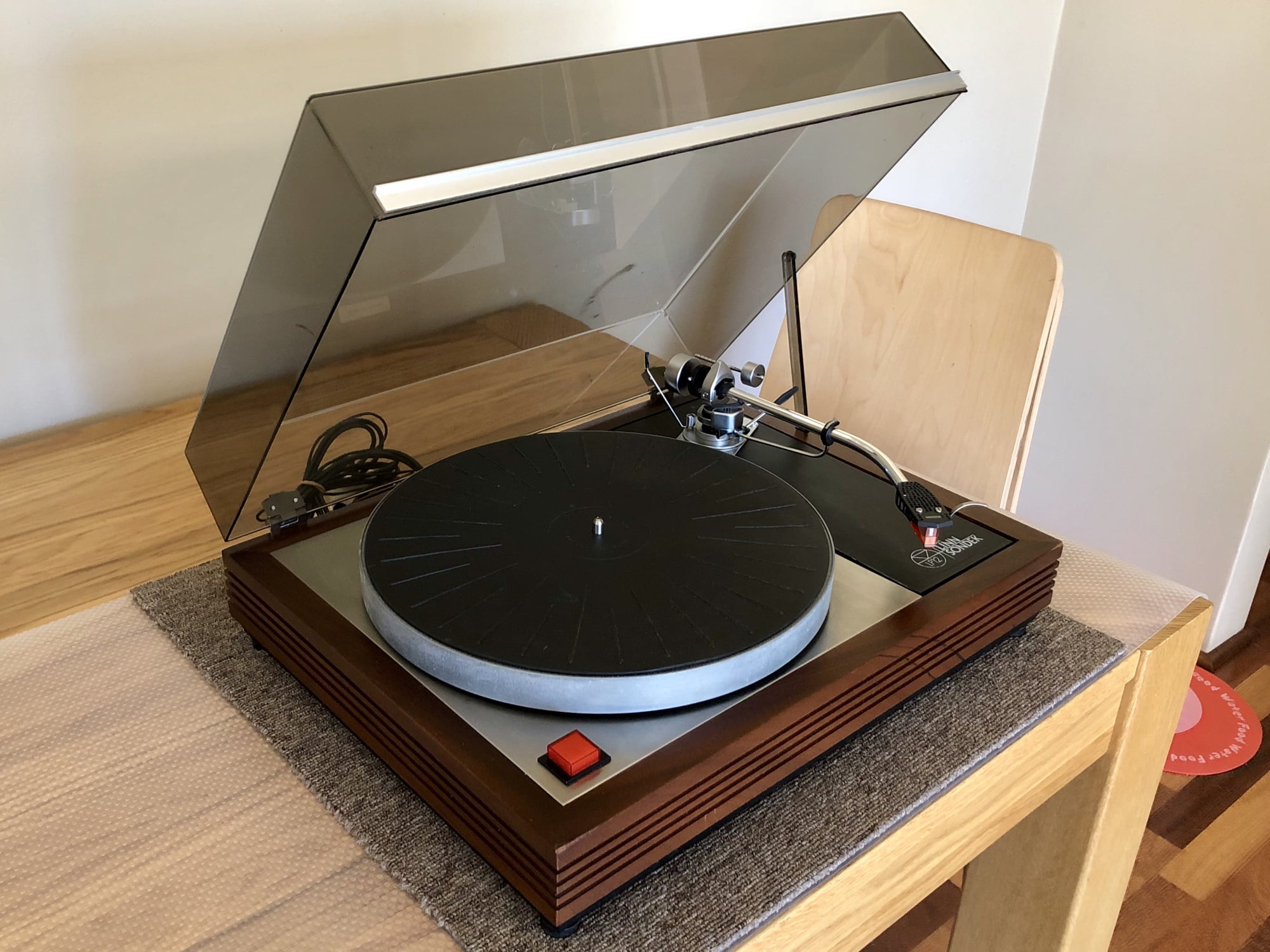
As always, if you would like me to look at your Linn Sondek LP12 or any other classic belt-drive deck, don’t hesitate to get in touch.
Discover more from LiQUiD AUDiO
Subscribe to get the latest posts sent to your email.


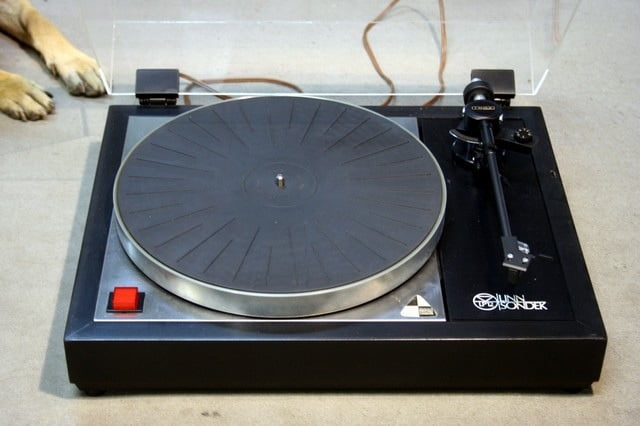

Interesting.John Michel said I should use a good quality engineer oil on my Gyrodek.More Linn bullshit?
Hi Paul, thanks for commenting but you’ve lost me here with your question about Michell and Linn. Can you clarify what you are asking?
Thanks for all the great photo’s. I’m looking to replace my rubber grommets and springs myself. This article gave me the idea to spend time cleaning up the wood and existing parts while doing this work. Why did you use cider oil and is that the best oil to use in your opinion?
Hi Harvey, glad you enjoyed the article. I use the various oils and cleaners based on experience of what works and gives great aesthetic results. There are many different oils and cleaners so don’t get too caught up on this, almost any oil on tired, dry wood is better than none. Just pick a good furniture-grade product and it will work well.
Hi Mike — just discovered your webpage and the beautiful work you did restoring the LP12. I have an opportunity to seize an original 1972 LP12 (serial number under 00040) with SME tonearm. These are the ones with two buttons instead of the red rocker. It’s in really good shape. But I’m wondering if I should upgrade it — following the Linn upgrade path — or else leave it stock as a collectible. There are few of those around. Dilemmas, dilemmas. Any thoughts on the matter?
Hi Martin and thanks for the kind words! This is a good question and, whilst I’m not a Linn expert, the early S/N and general originality of the deck for me make it most valuable left as is. Much depends on your goal here though. If it is to have the highest performance turntable, it won’t be an LP12. If it is to have the highest performance LP12, it will need improvement. If it is just to have a lovely old and more-or-less original LP12, it sounds like you found the perfect machine!
Service only! Don’t update. My Linn is about ’74 & Linn expert Gordon was so excited to see it was all original
Thanks Graeme and whilst this turntable specialist also loves to see original gear, but mythology aside, there are some rather ordinary design elements in the original LP12 which Linn iteratively corrected/improved with later releases. The Cirkus bearing for example far surpasses the original design and there are various power supply, suspension and sub-chassis improvements that significantly improve performance of older machines. That being said, I understand folks wishing to keep their decks original and often encourage it. The key, always, is to seek expert advice and a good factual understanding of the various configurations/options/benefits.
Thank you Mike for your response. I know this is like a metaphysical question (i.e. it doesn’t really have an answer). But perspective helps, and I appreciate yours. Indeed, knowing my own goal would help me move forward!!
All best wishes,
Martin
No worries at all Martin and yes, the key really is working out what you are trying to achieve. Once that’s clear the way forward is too, so have a think about the three options I put to you. Good luck with it!